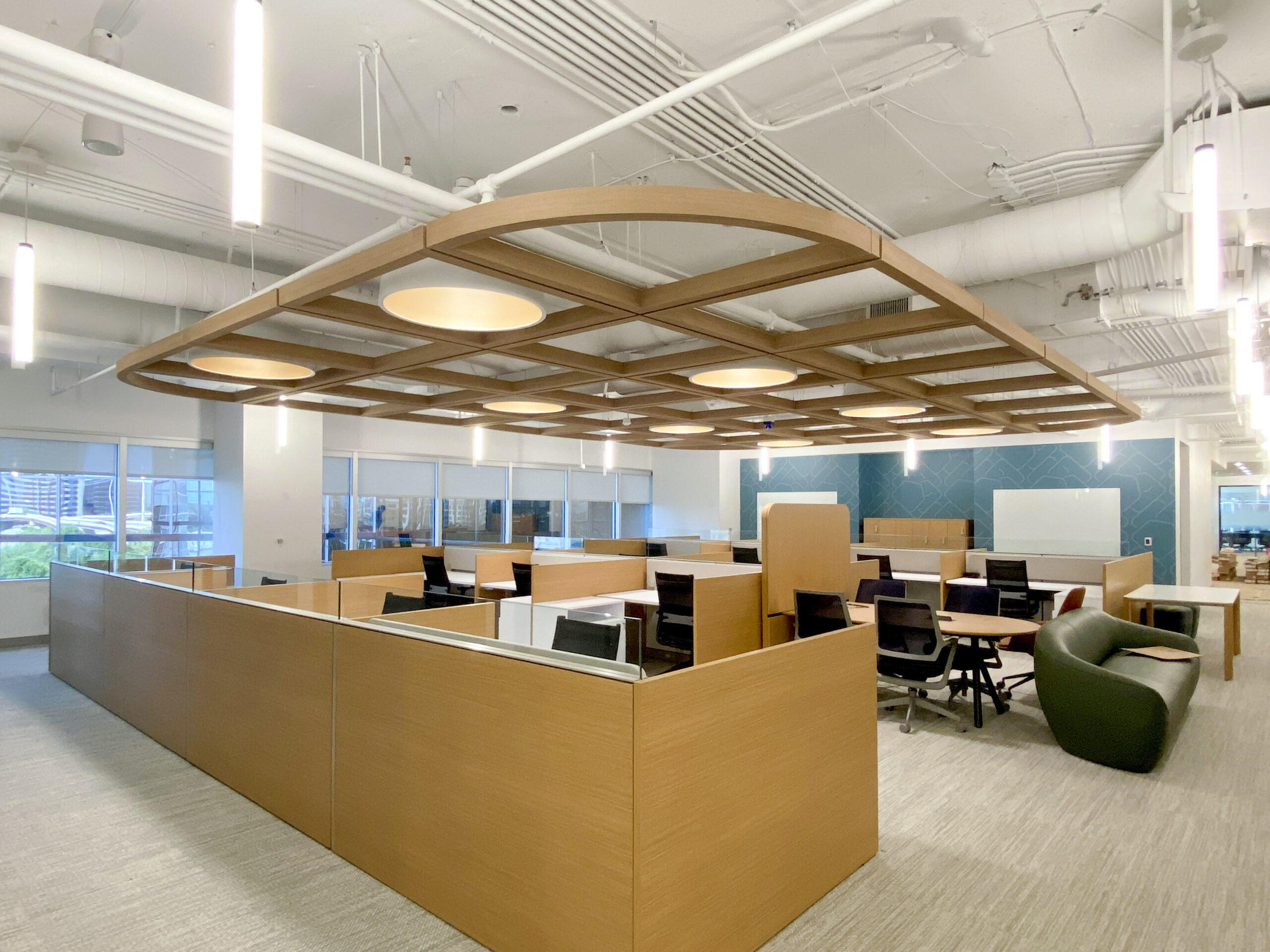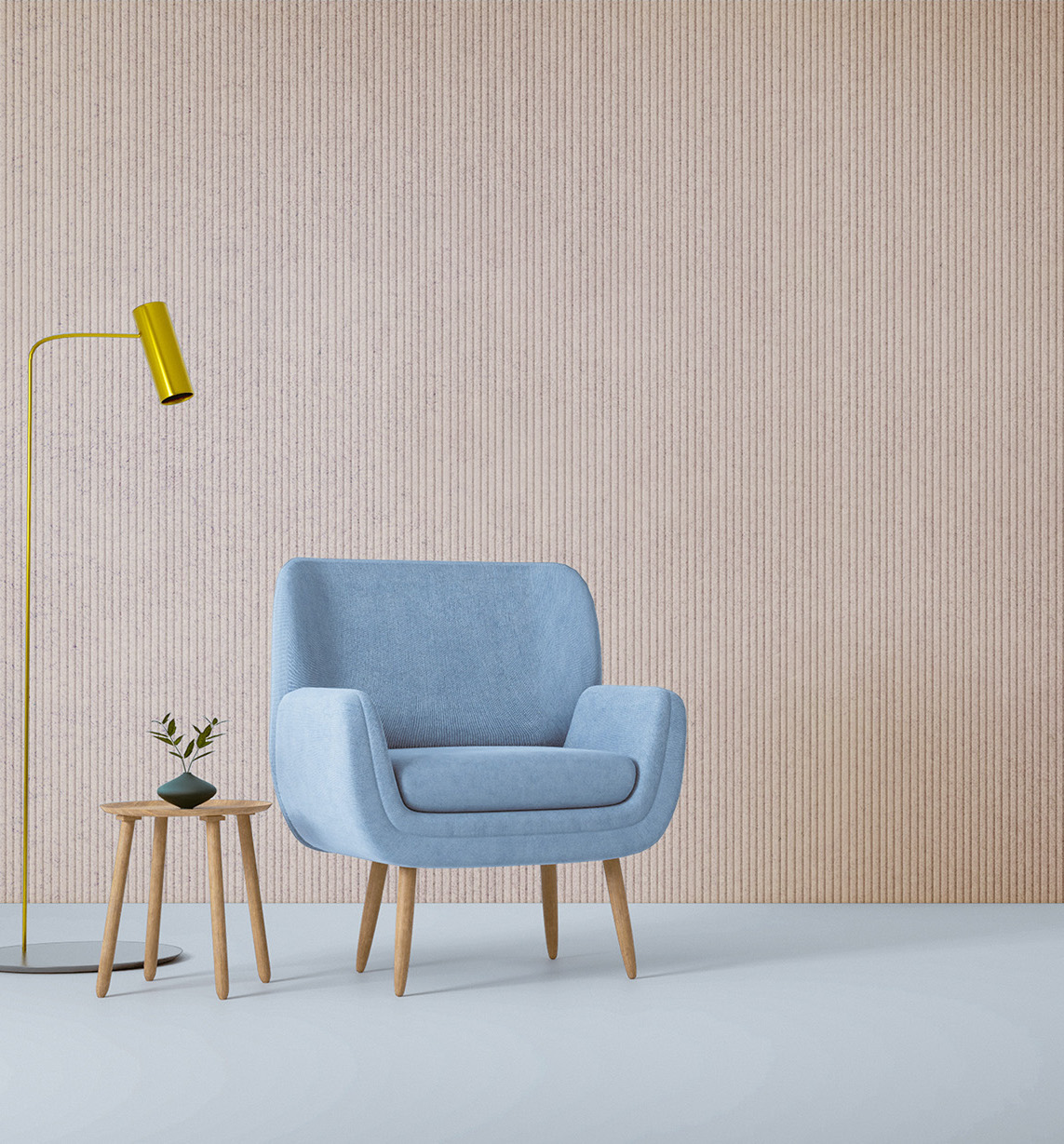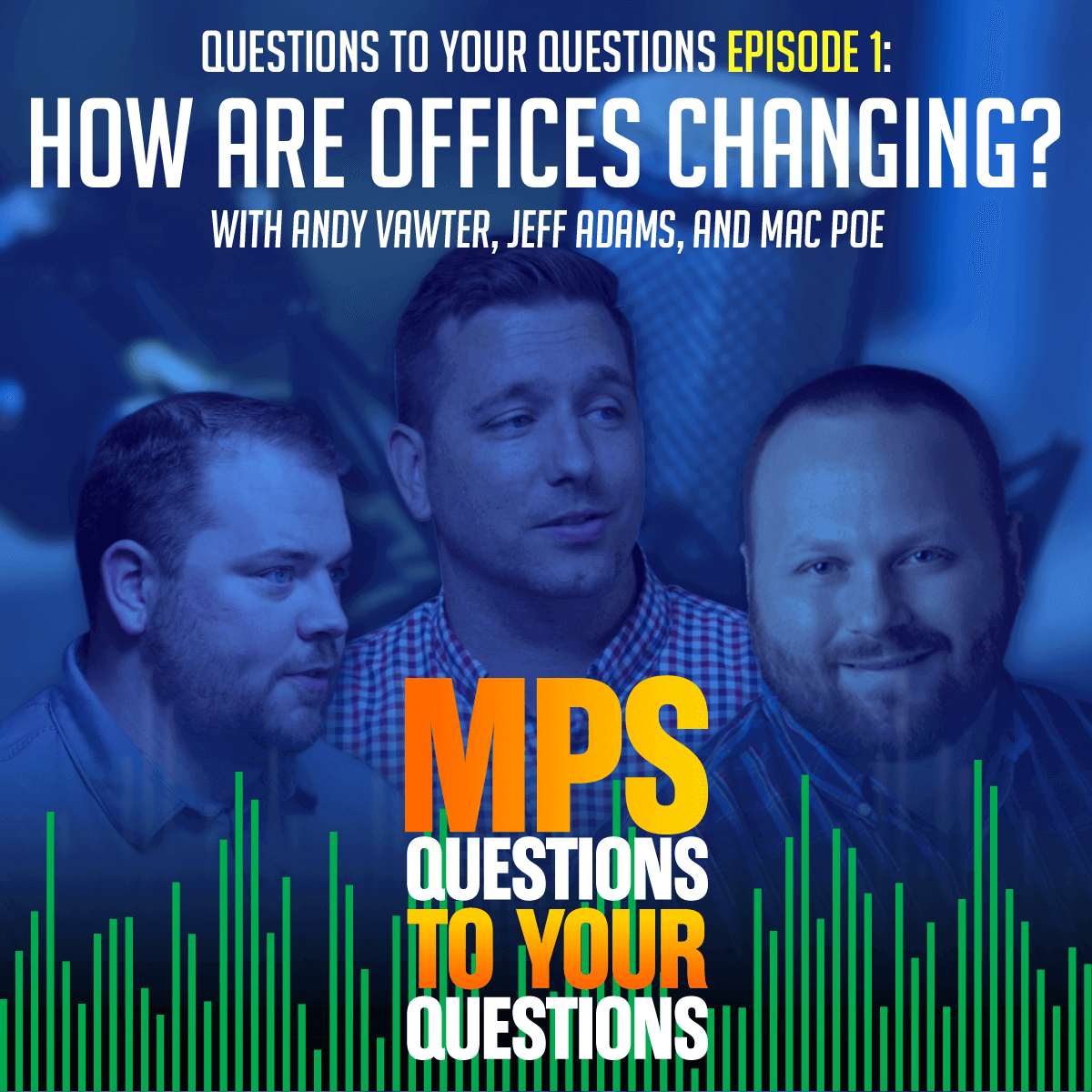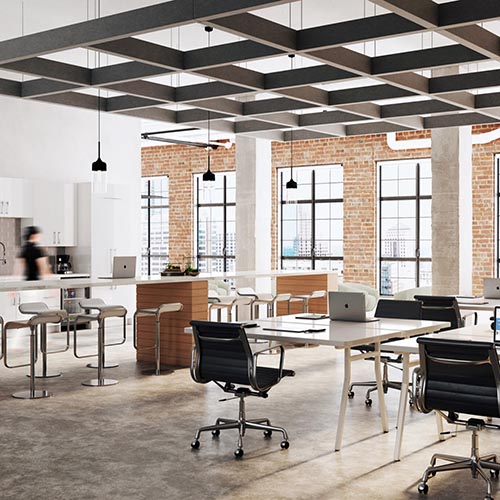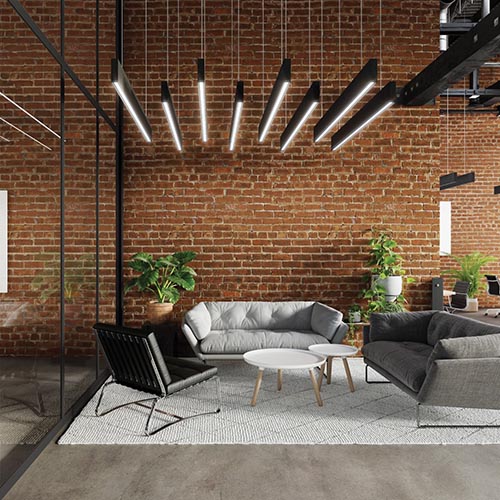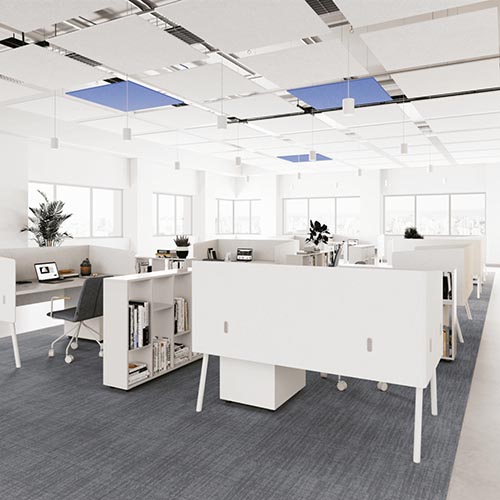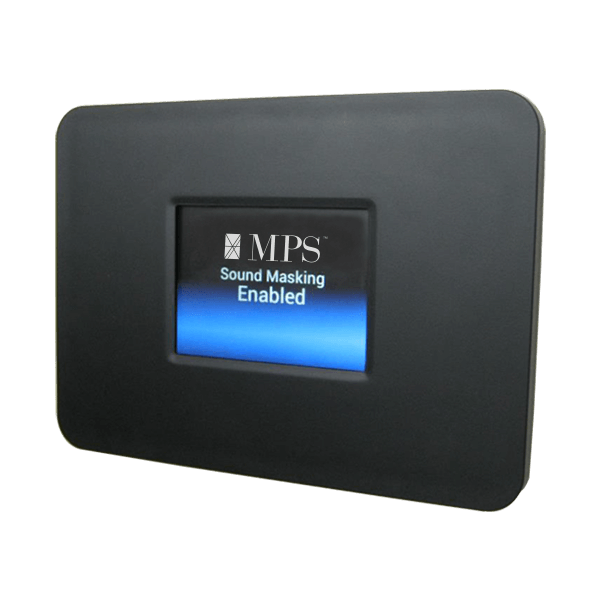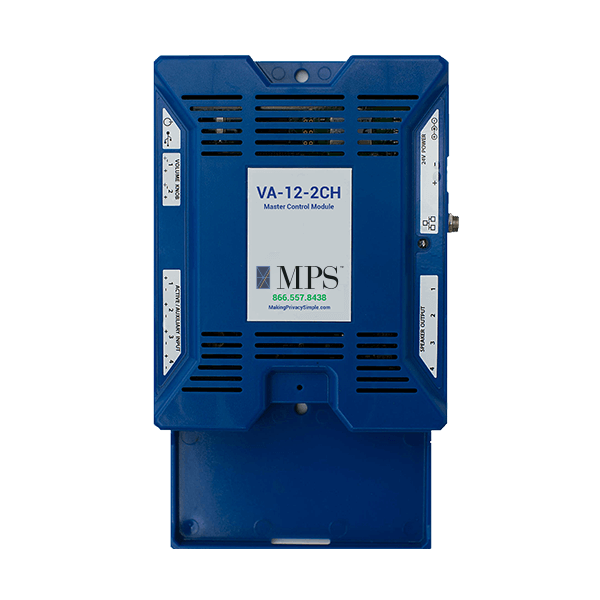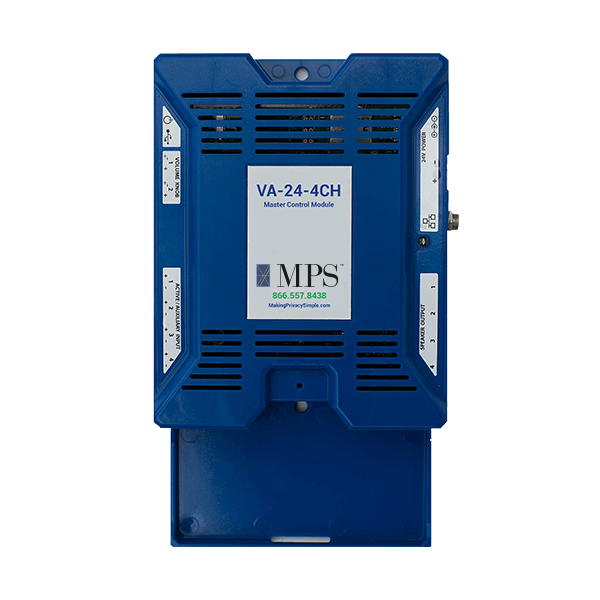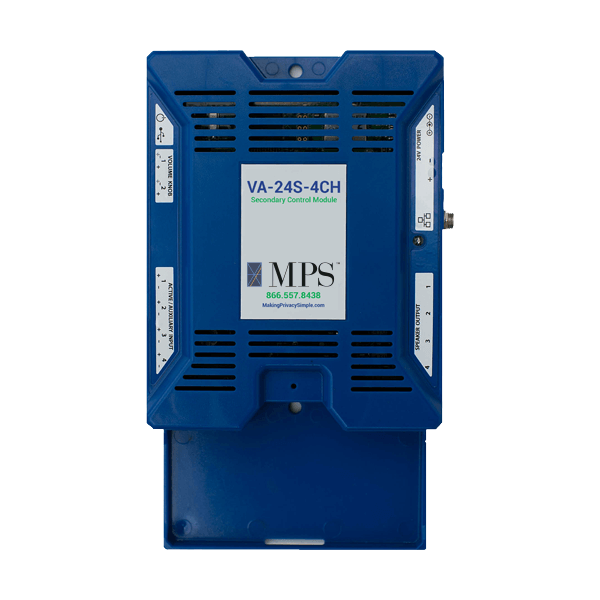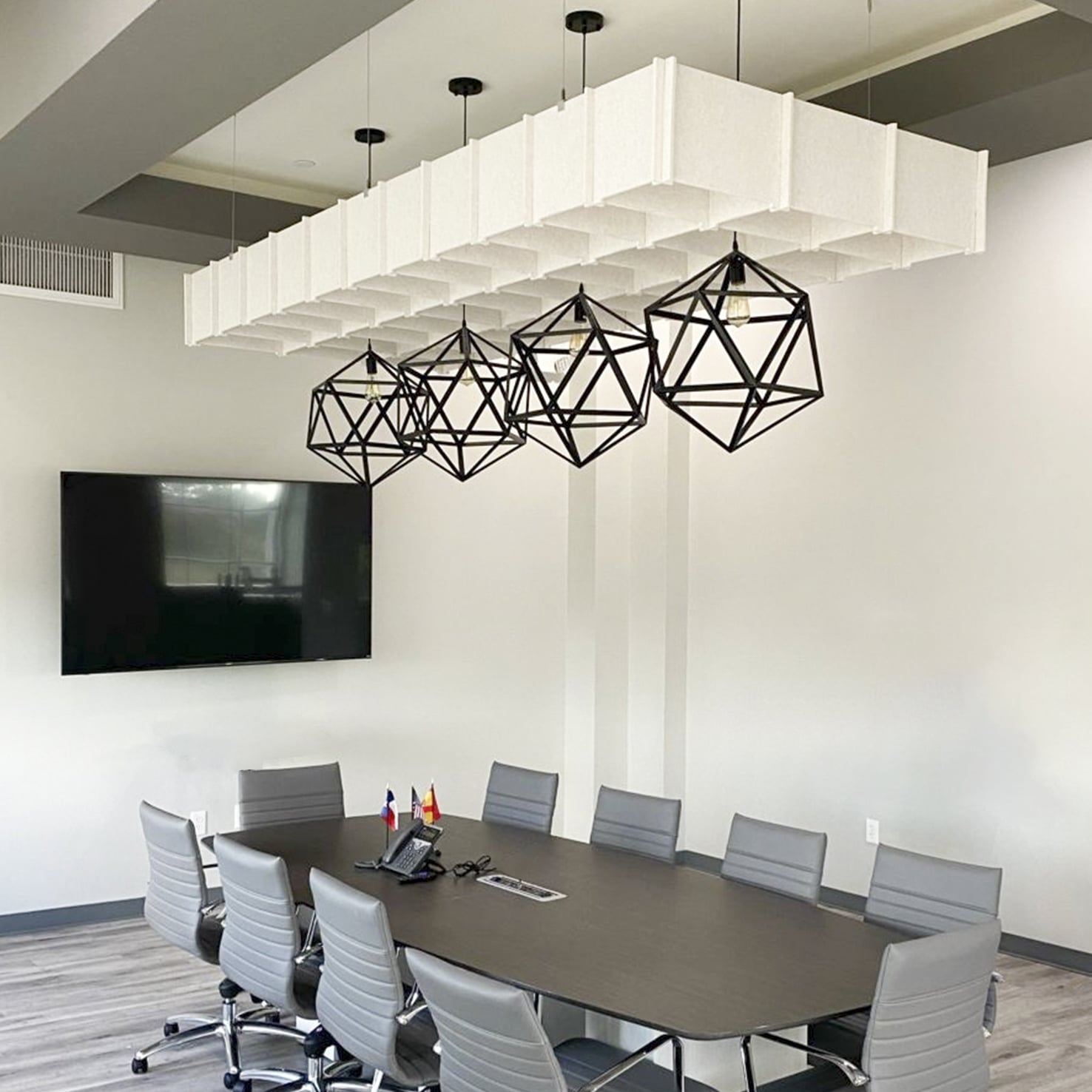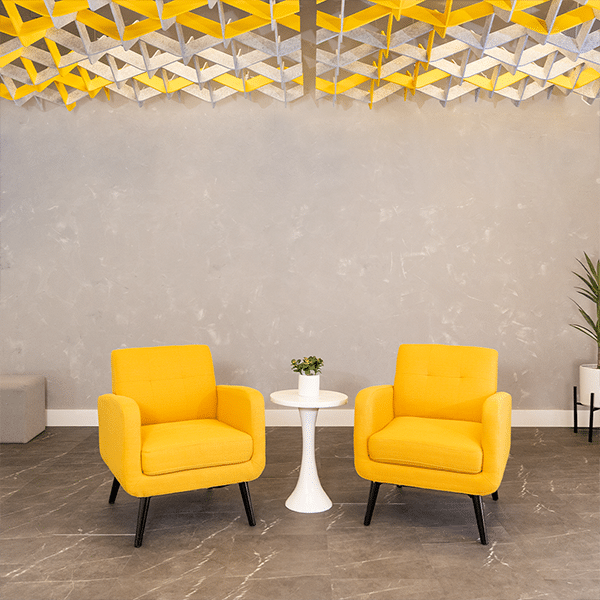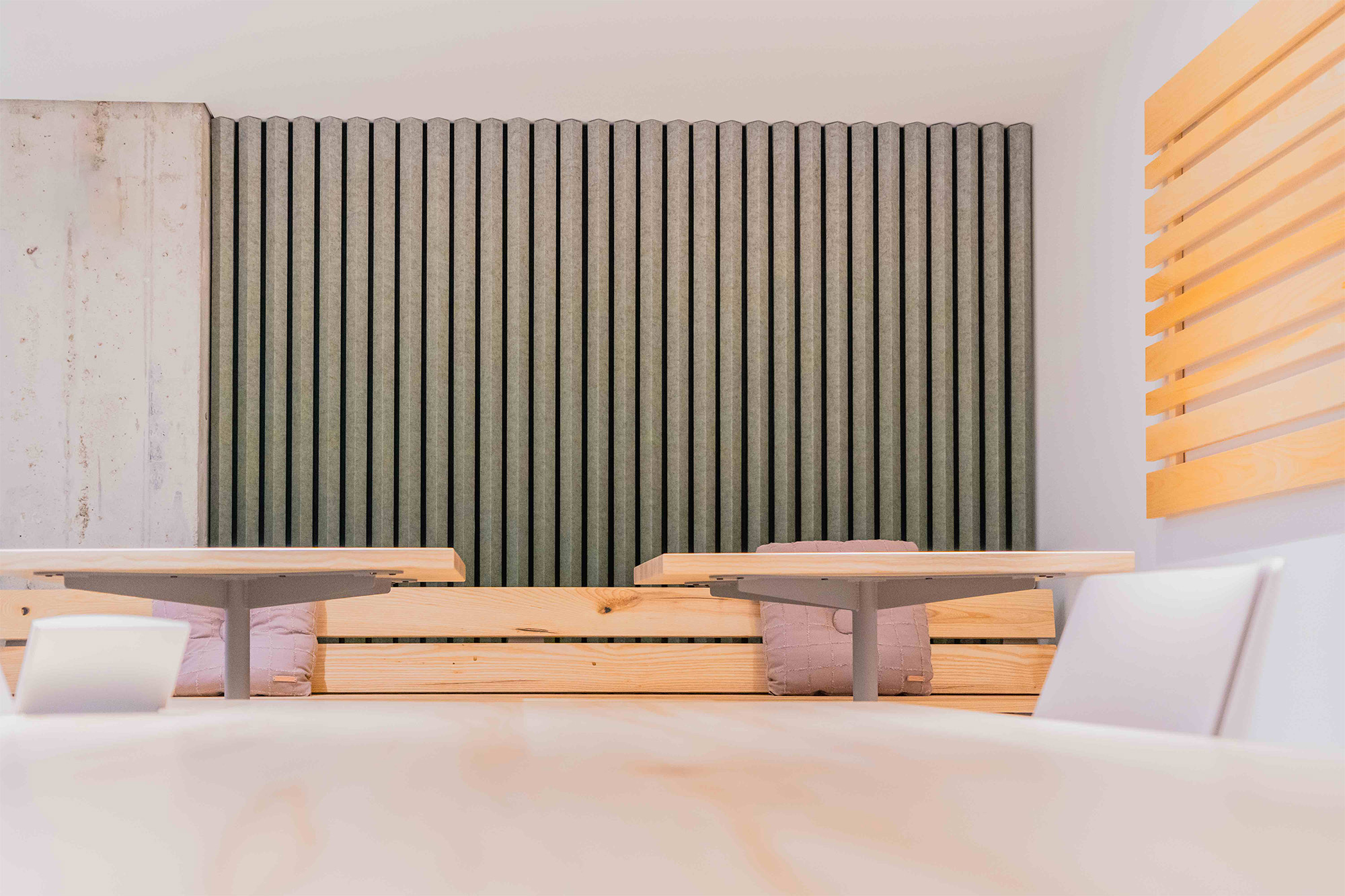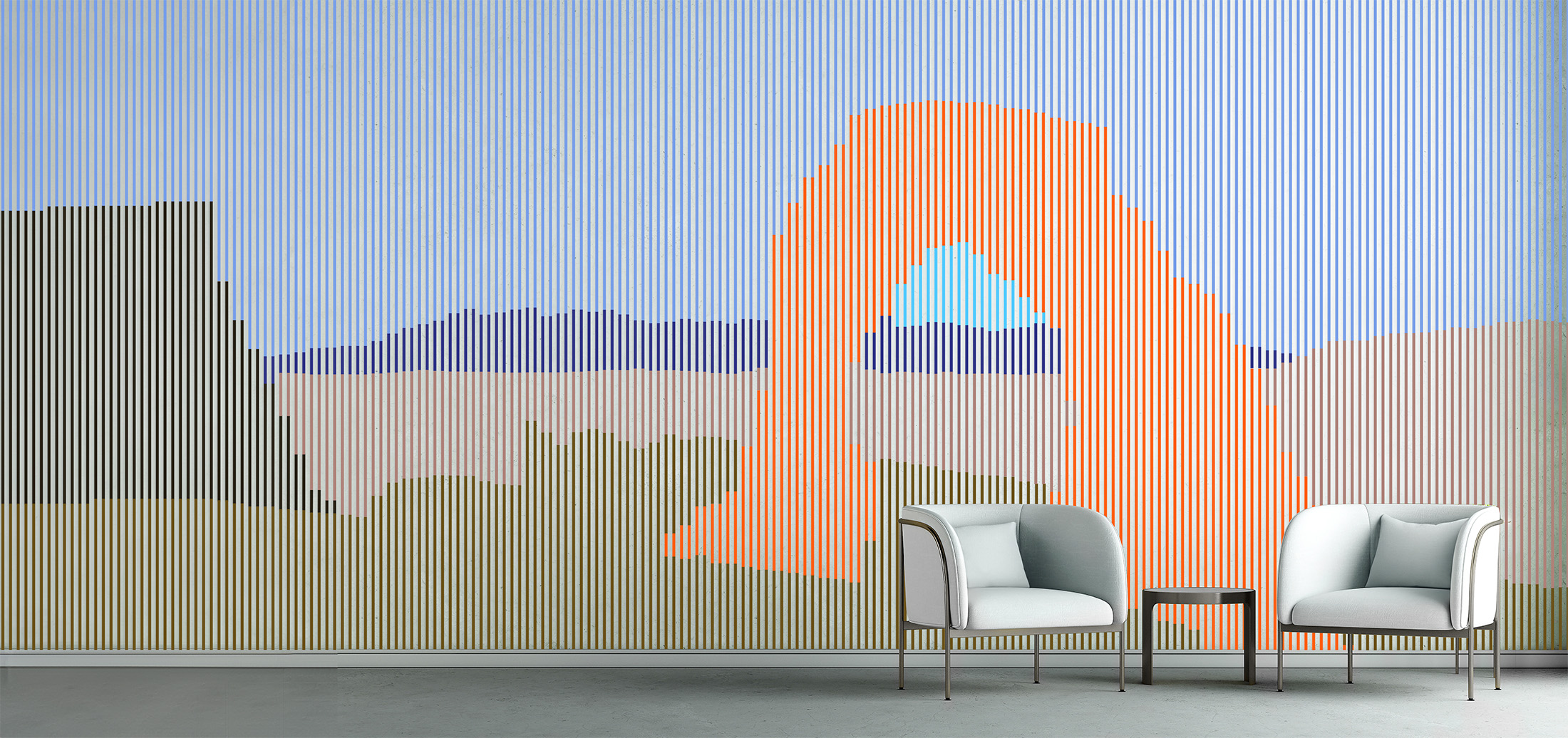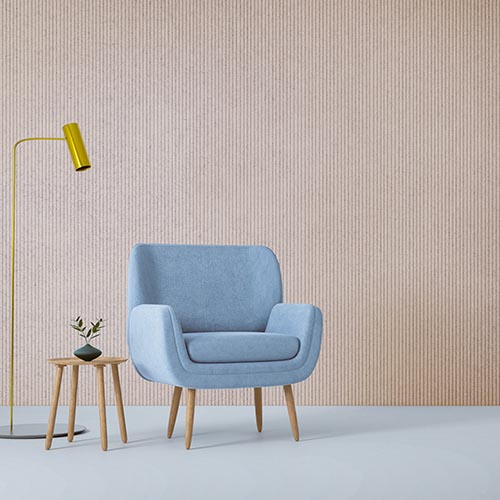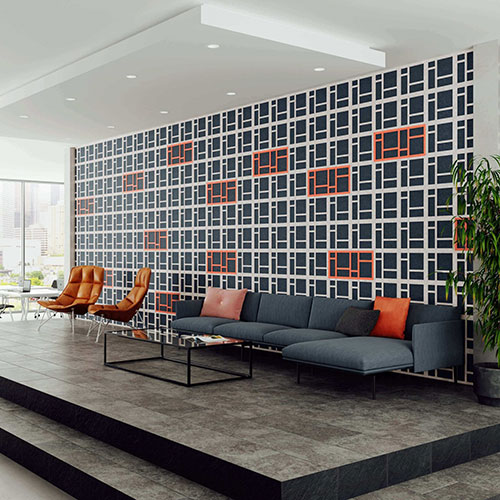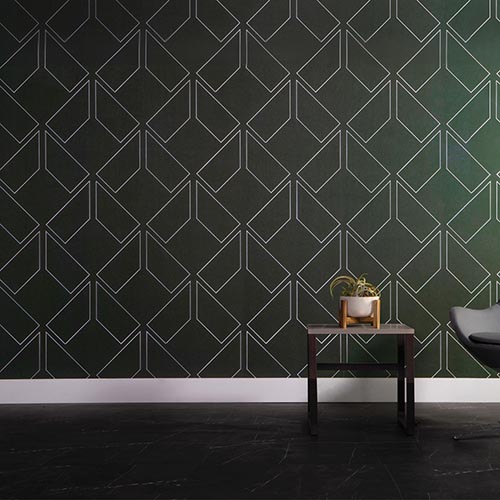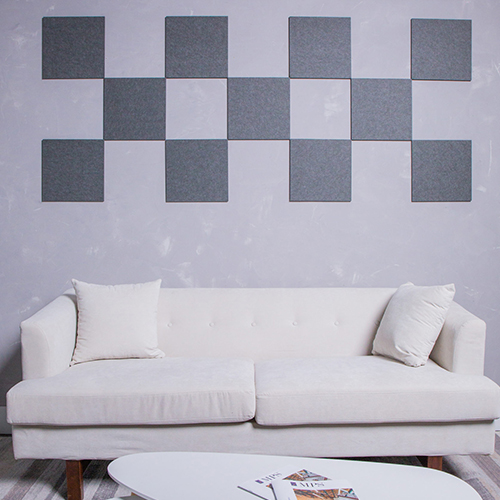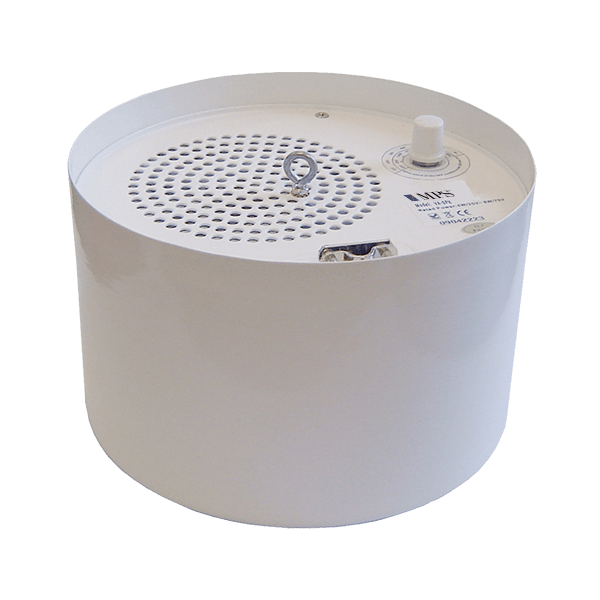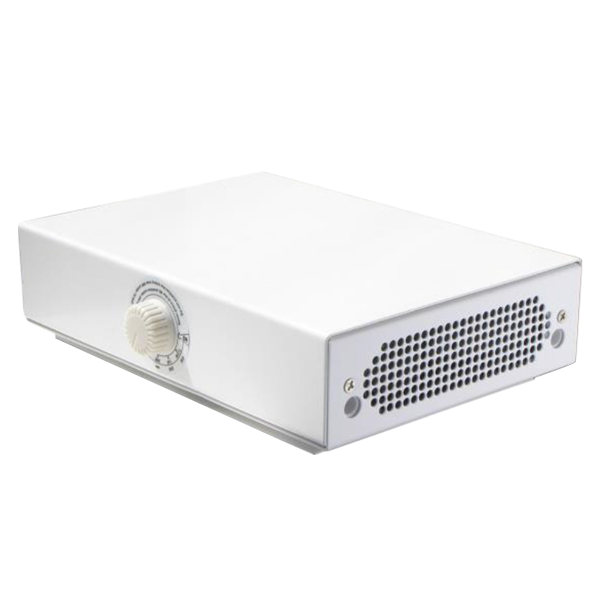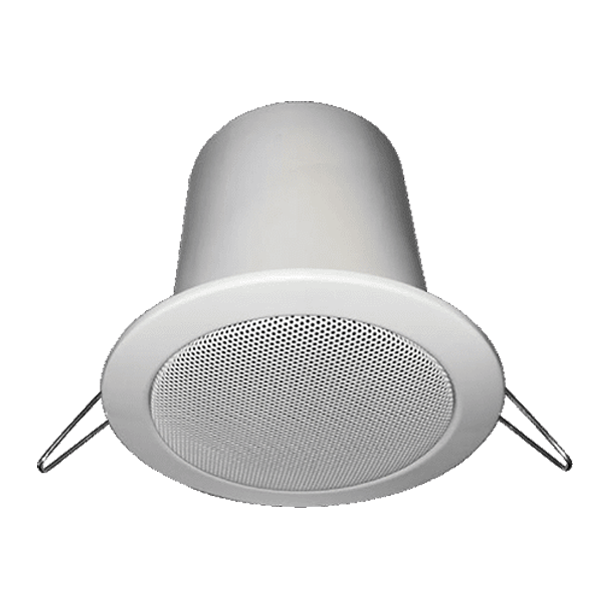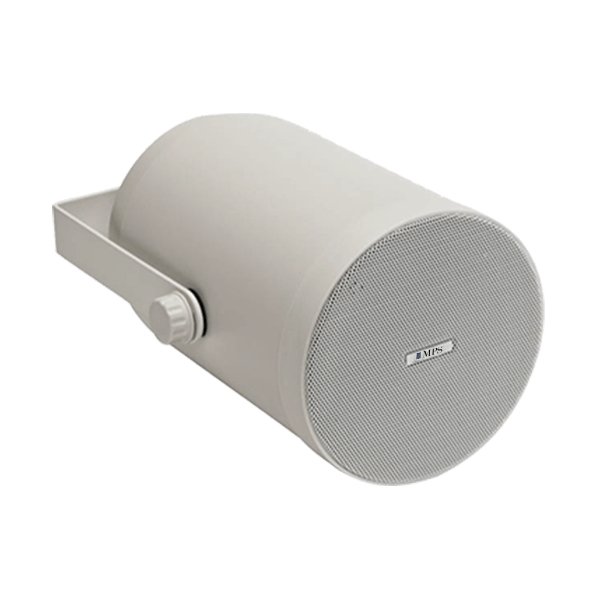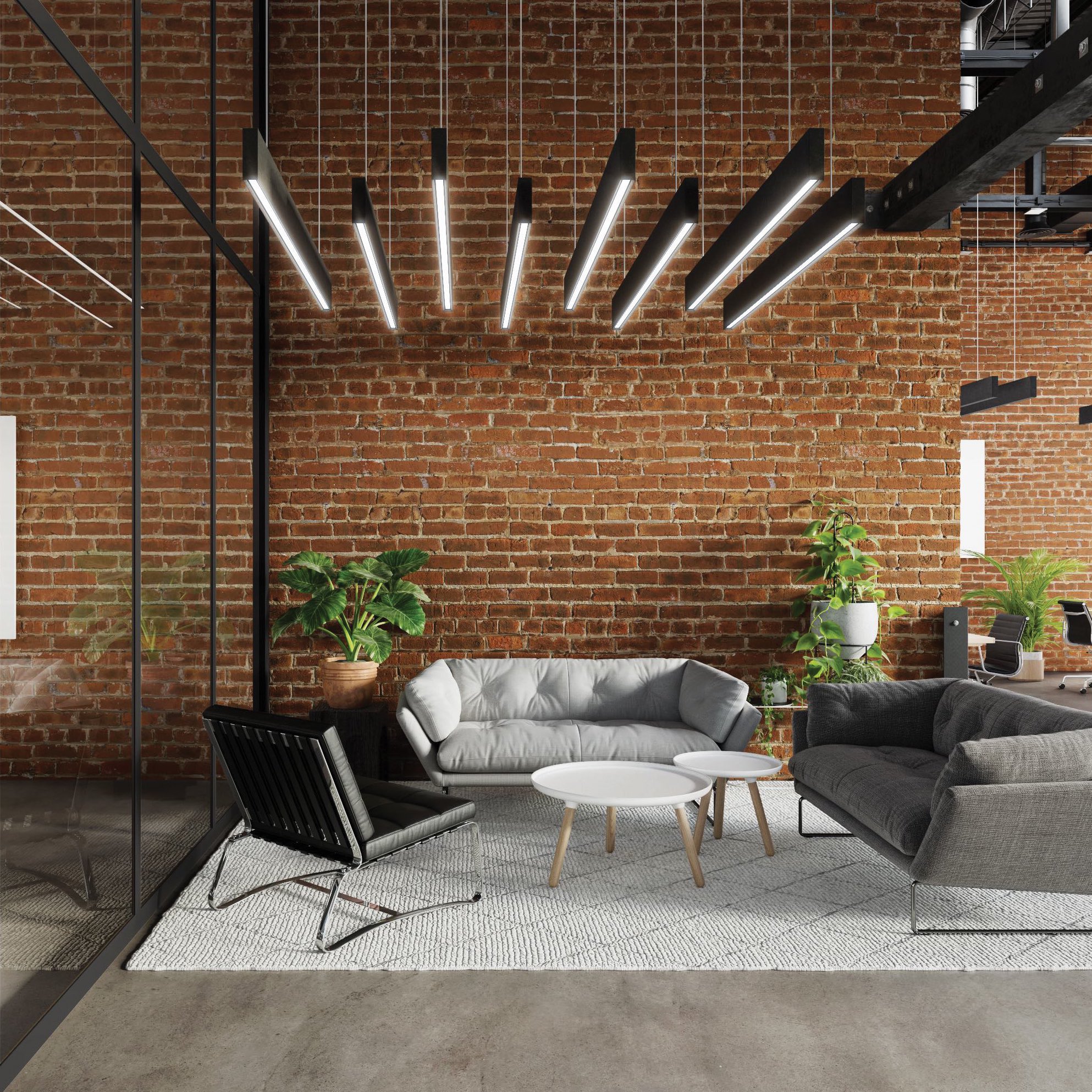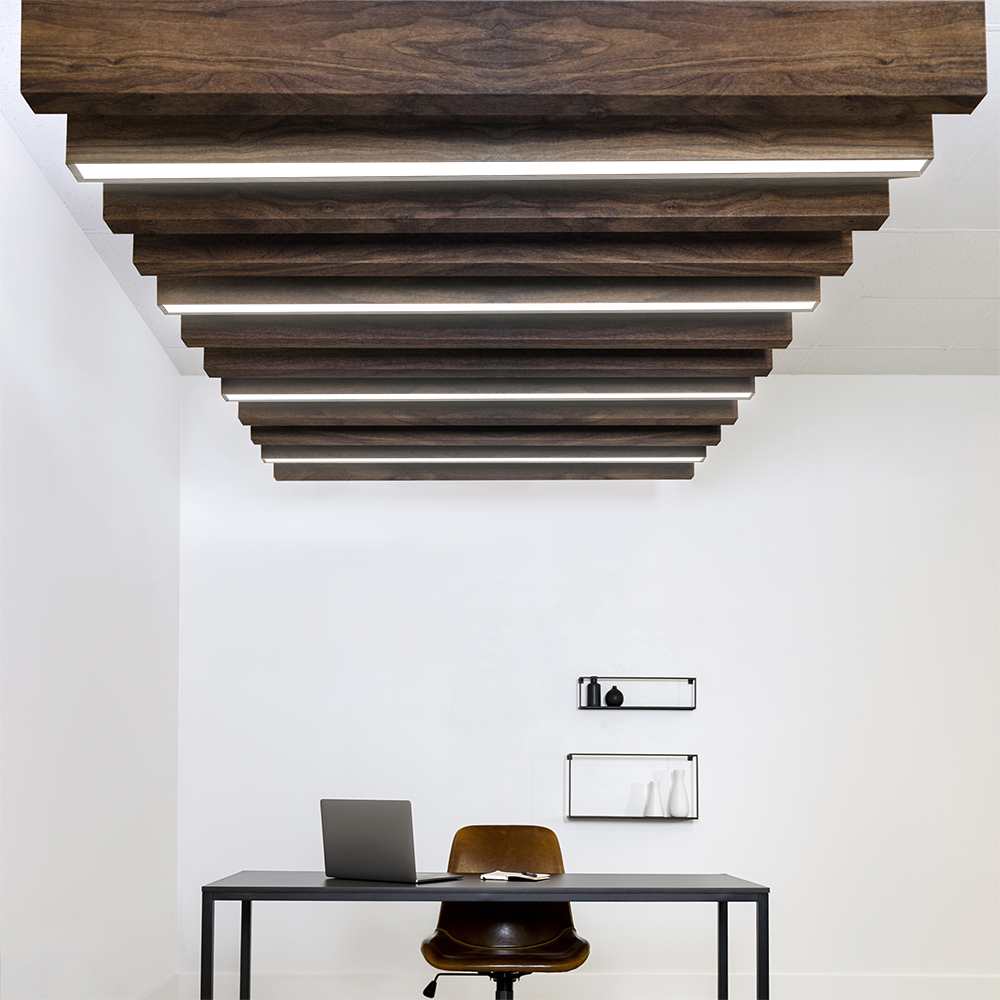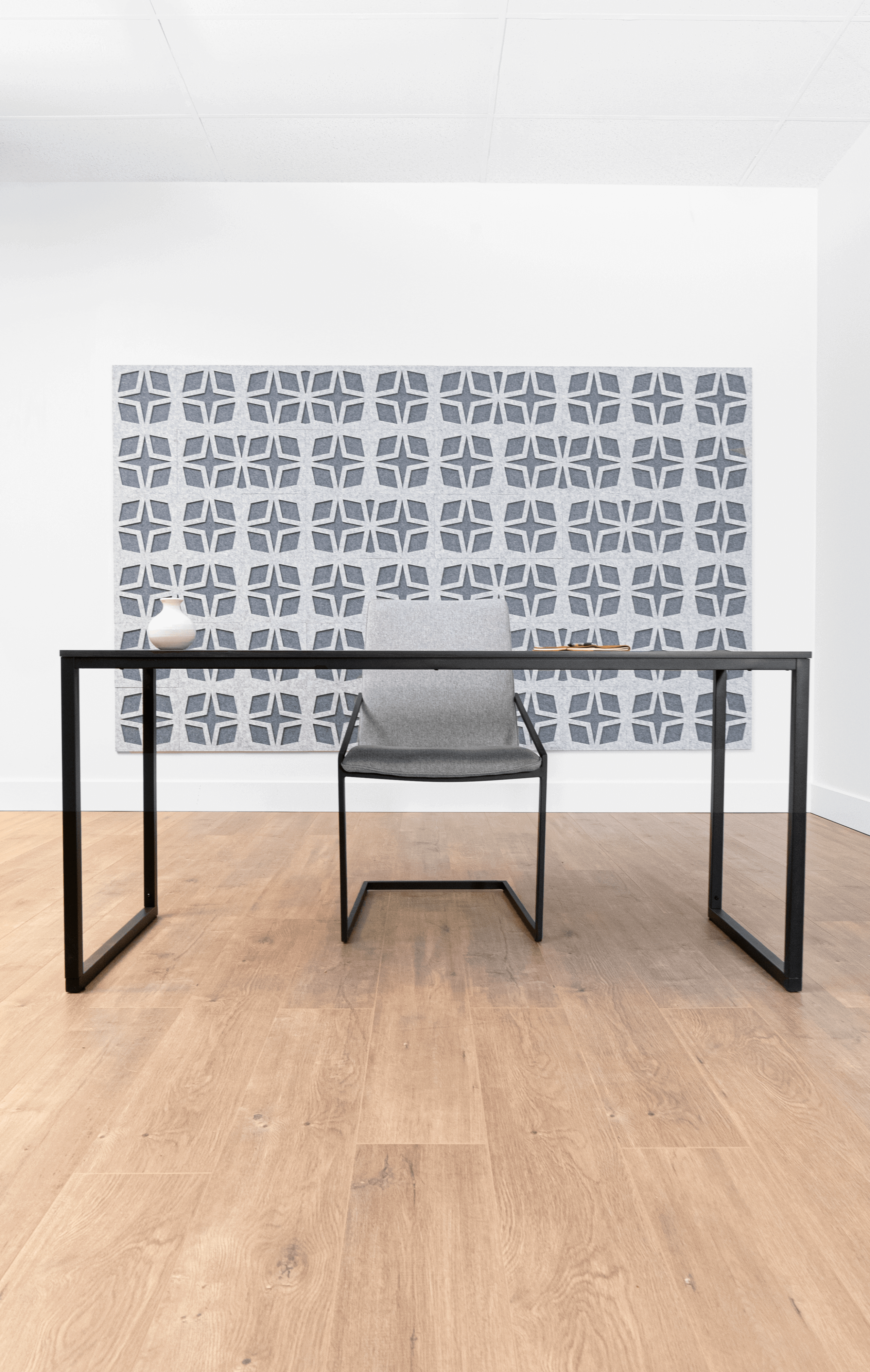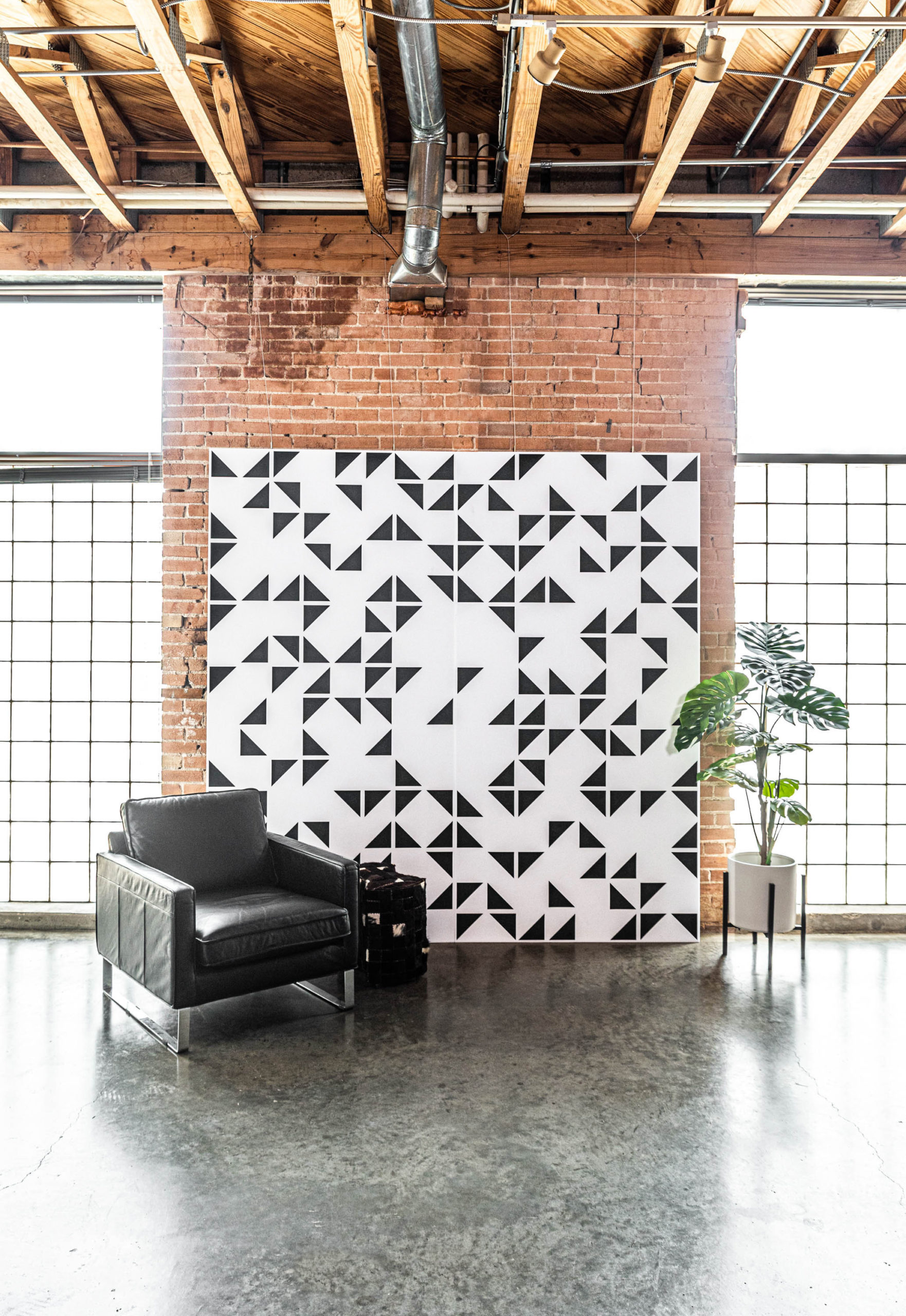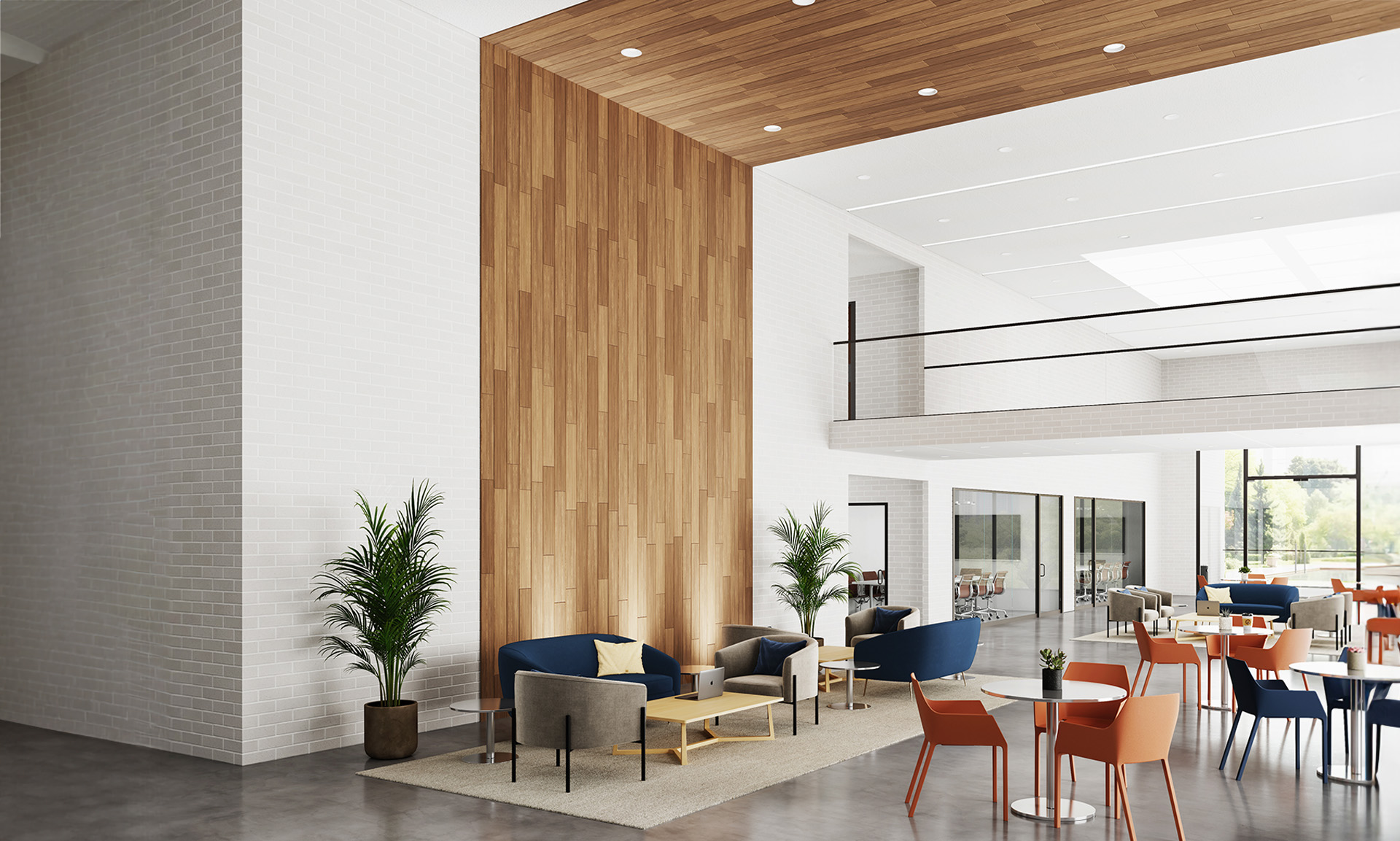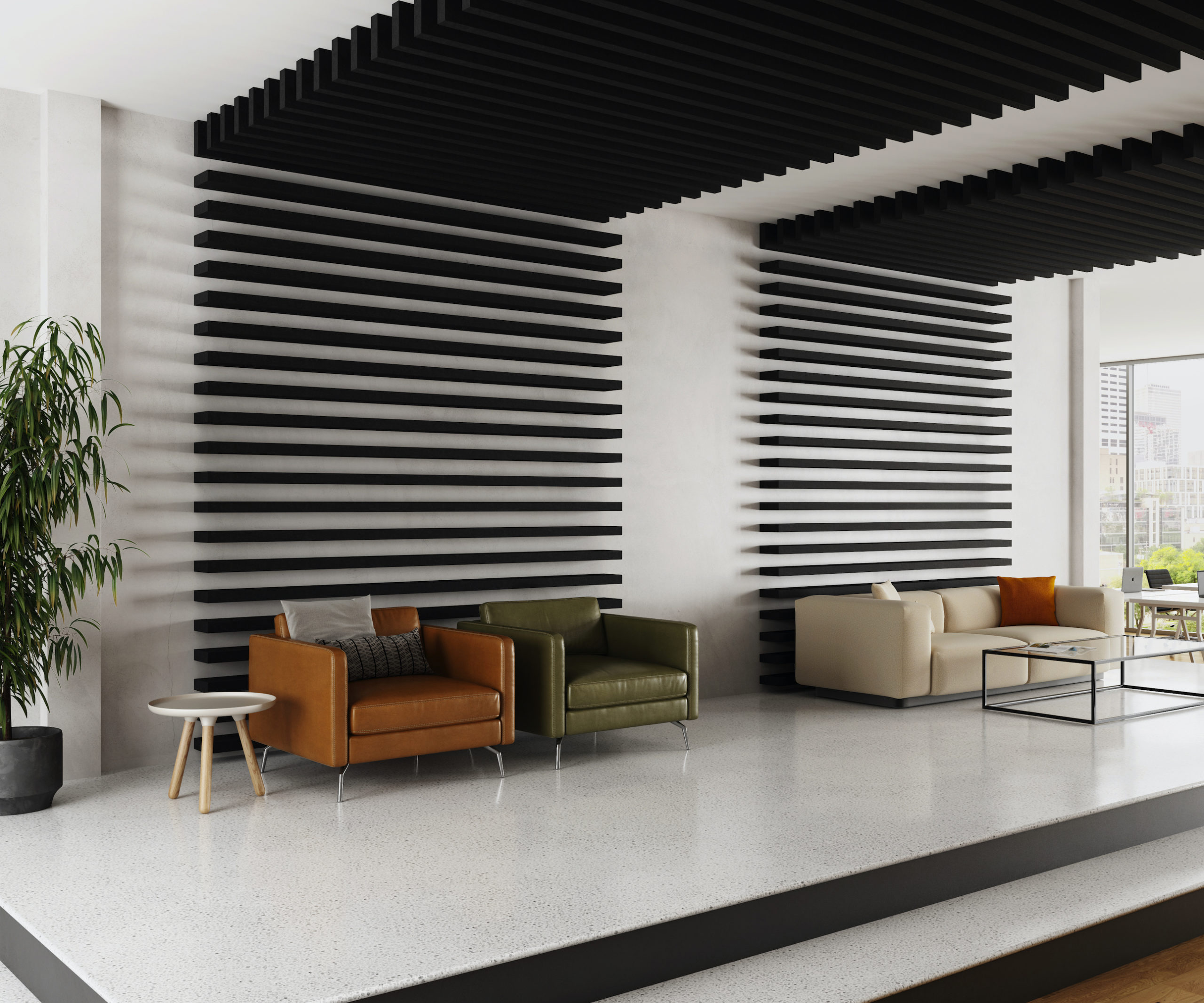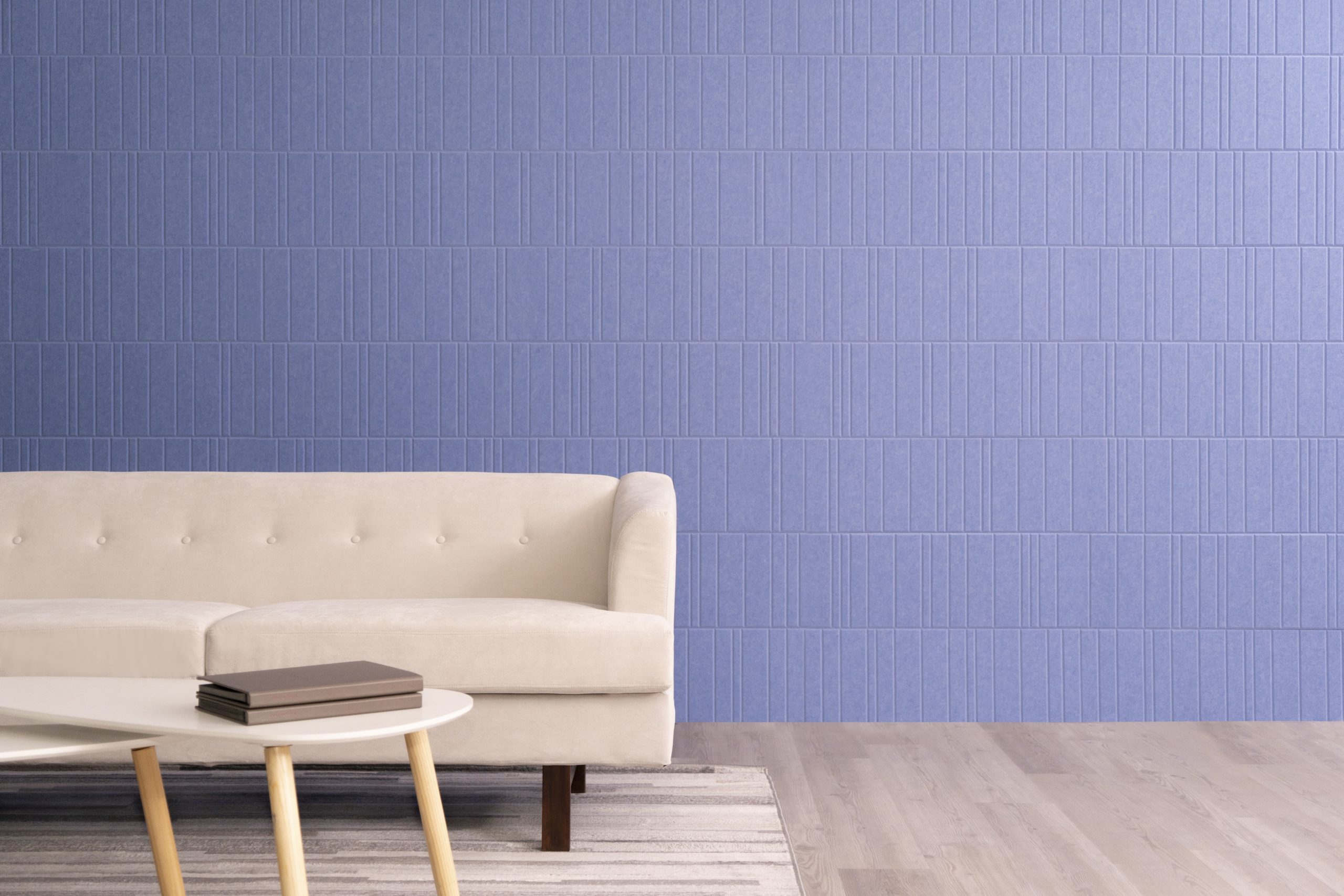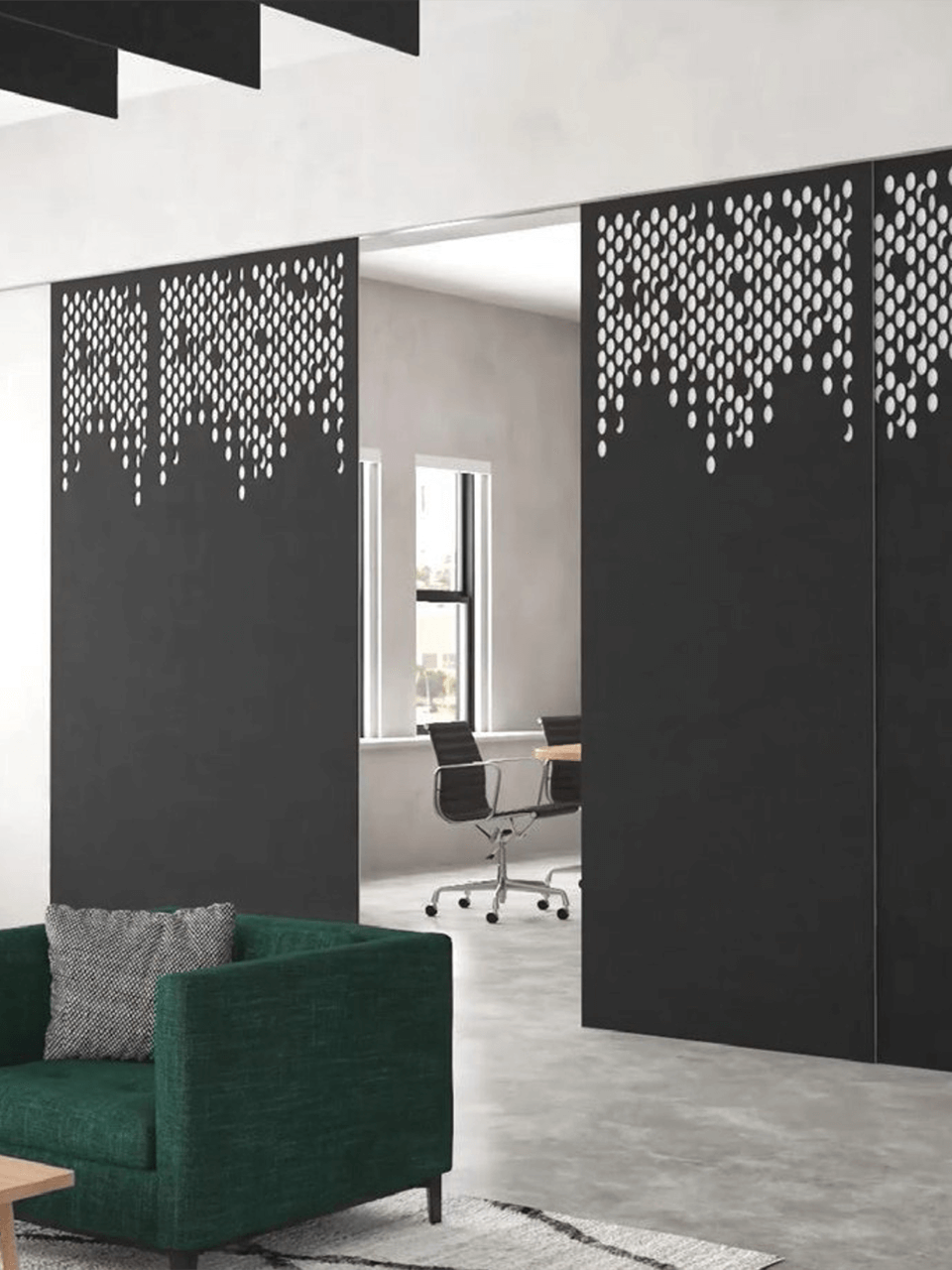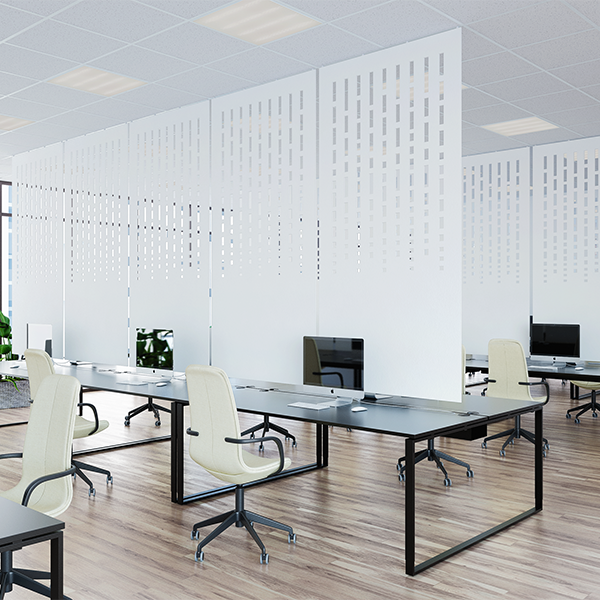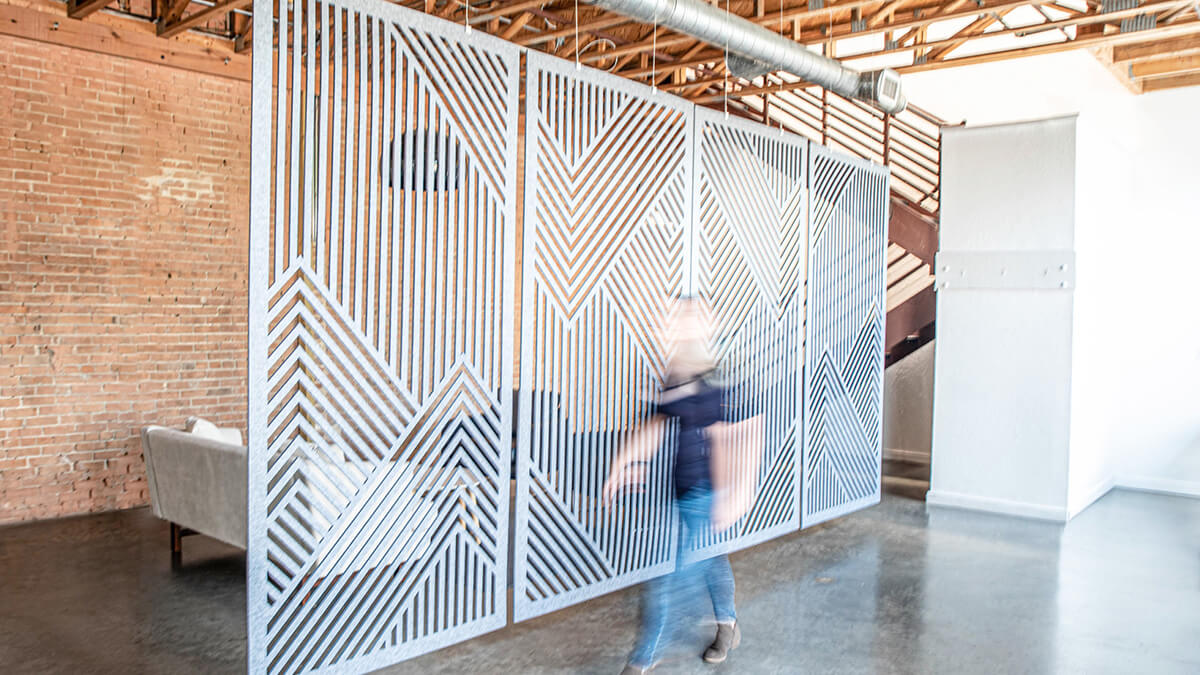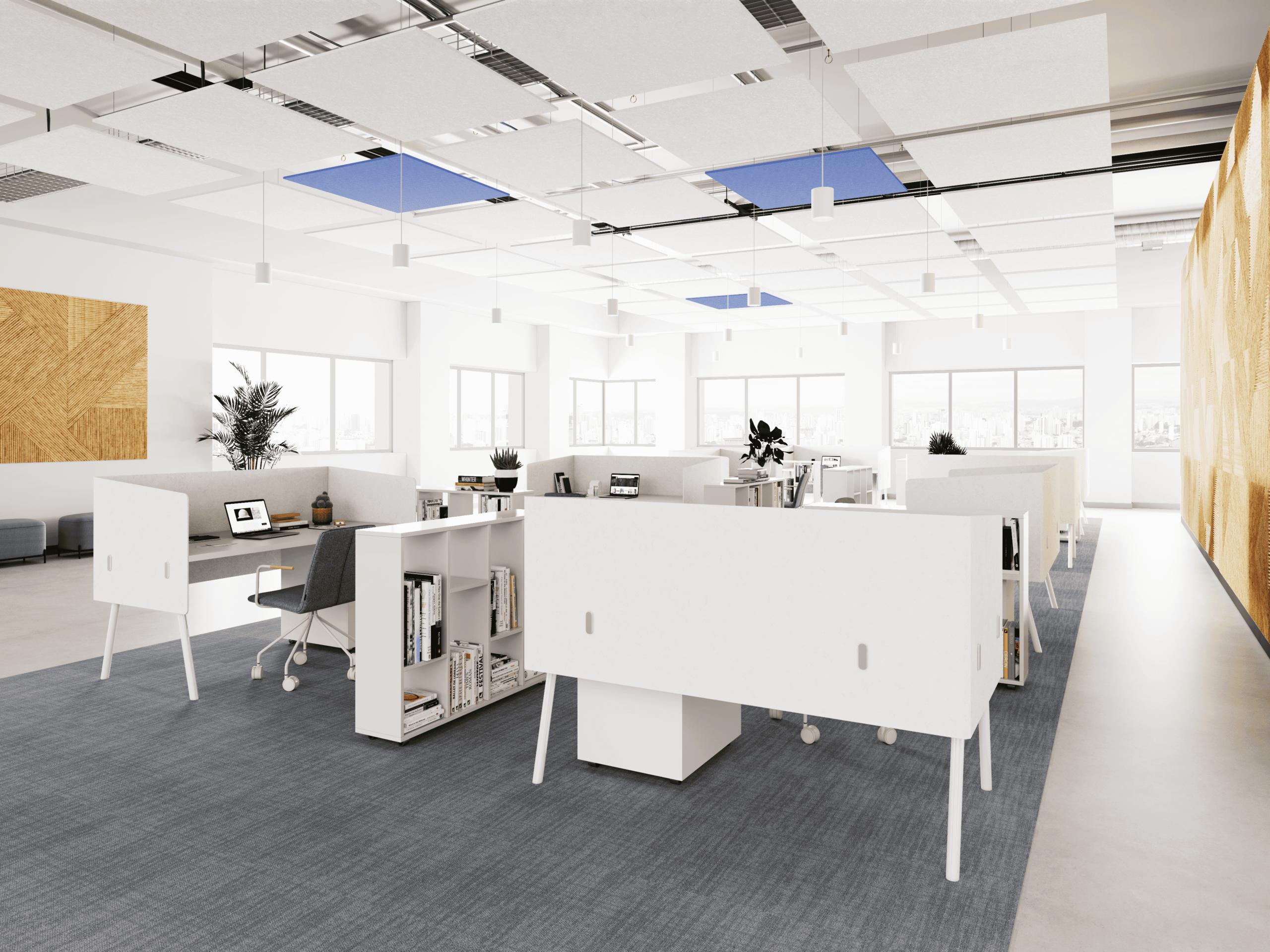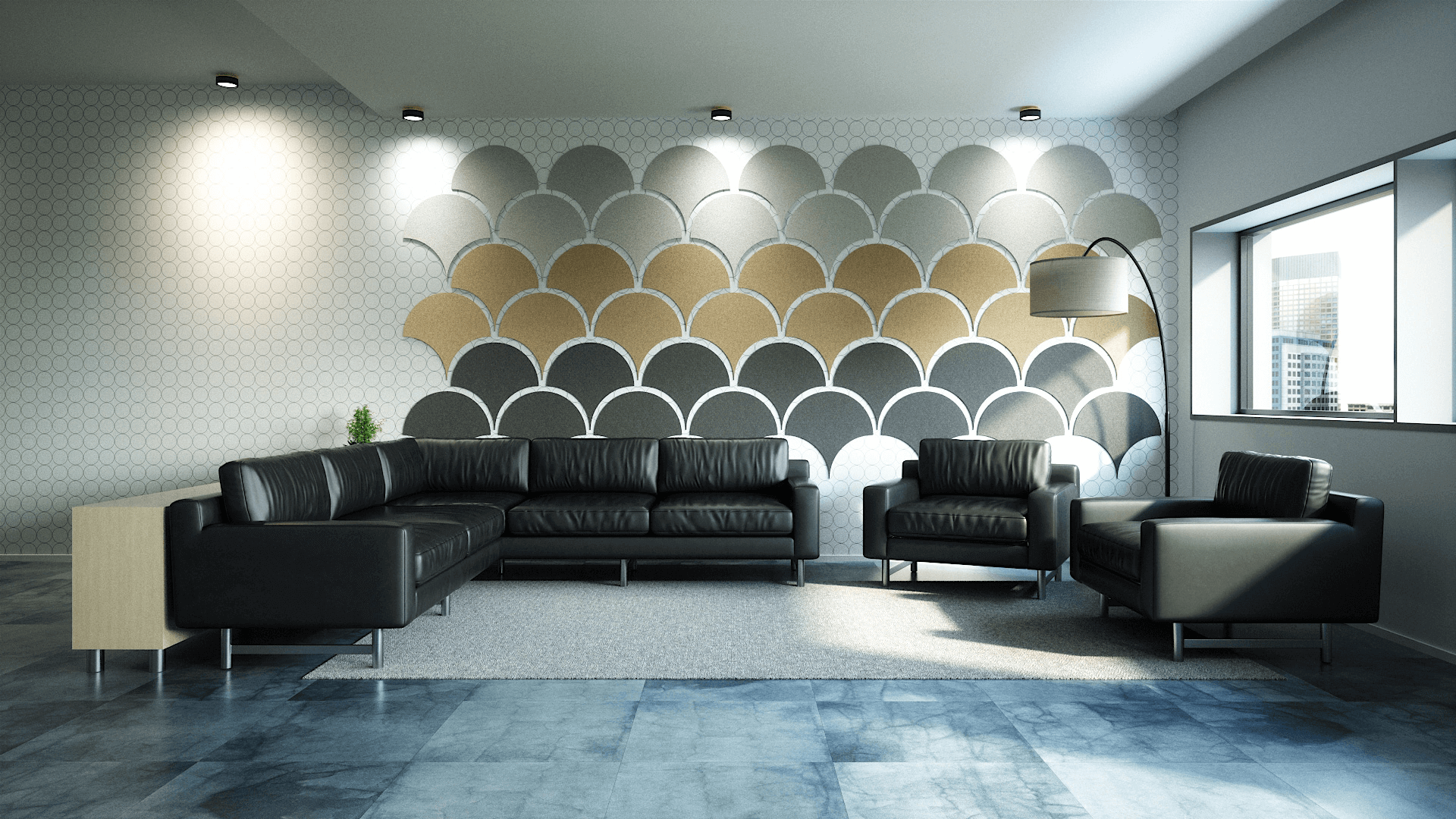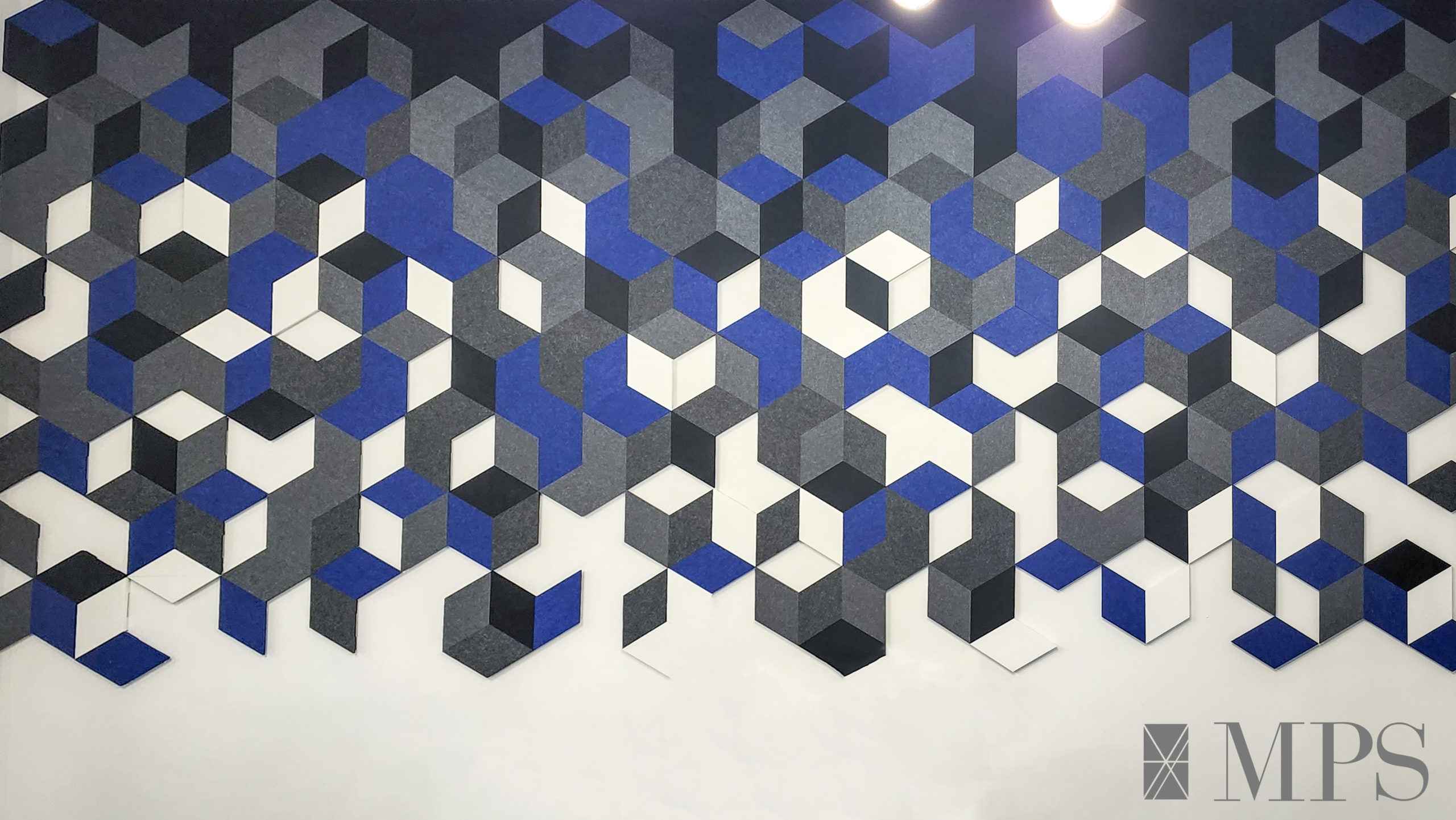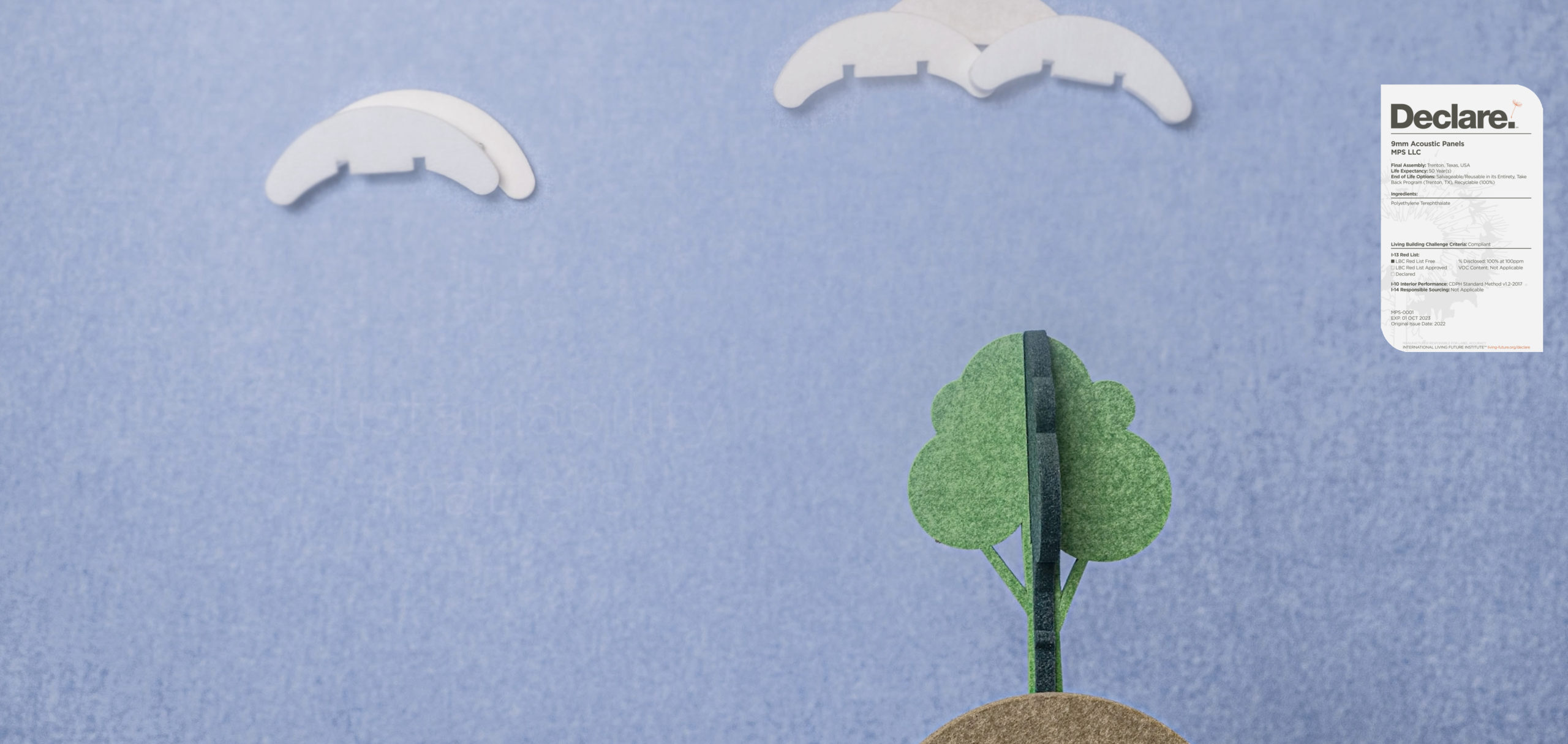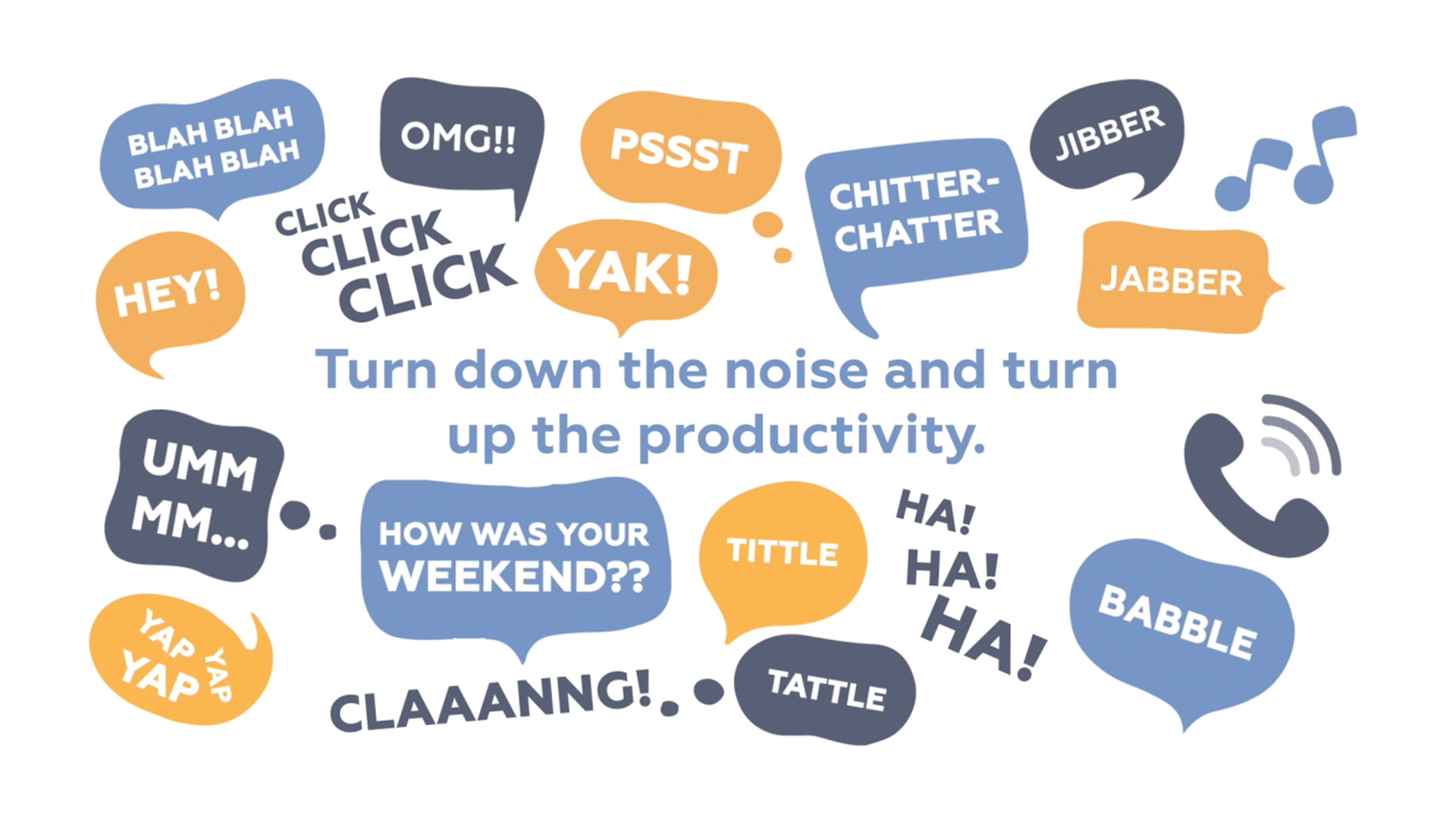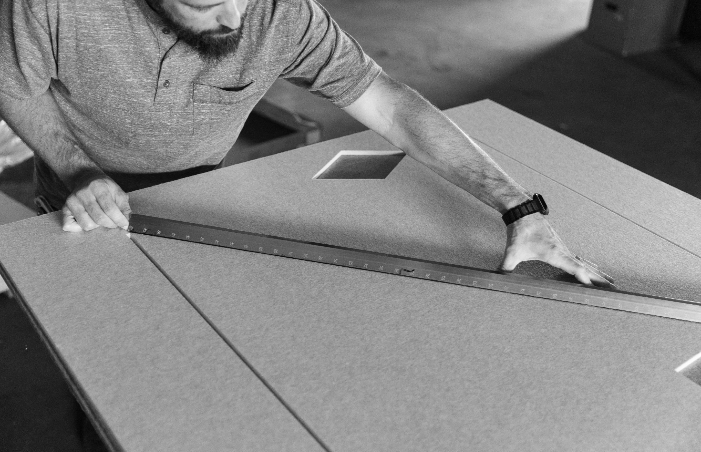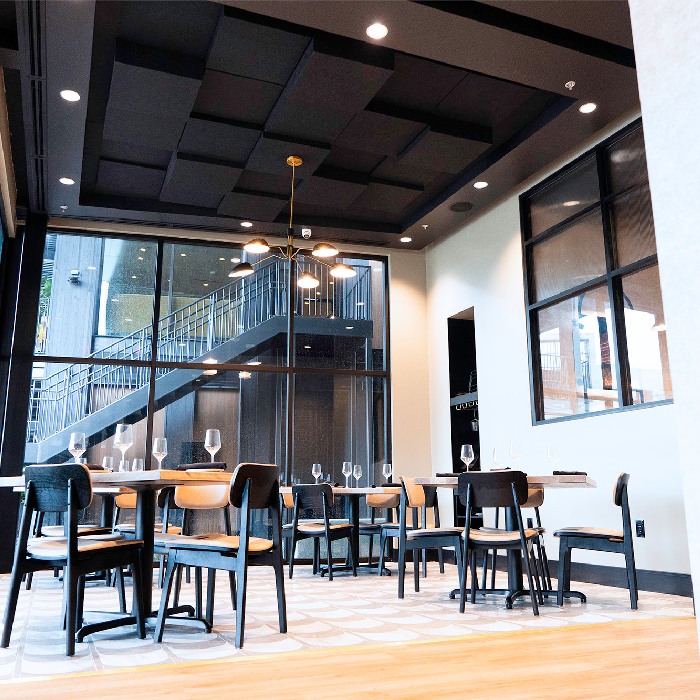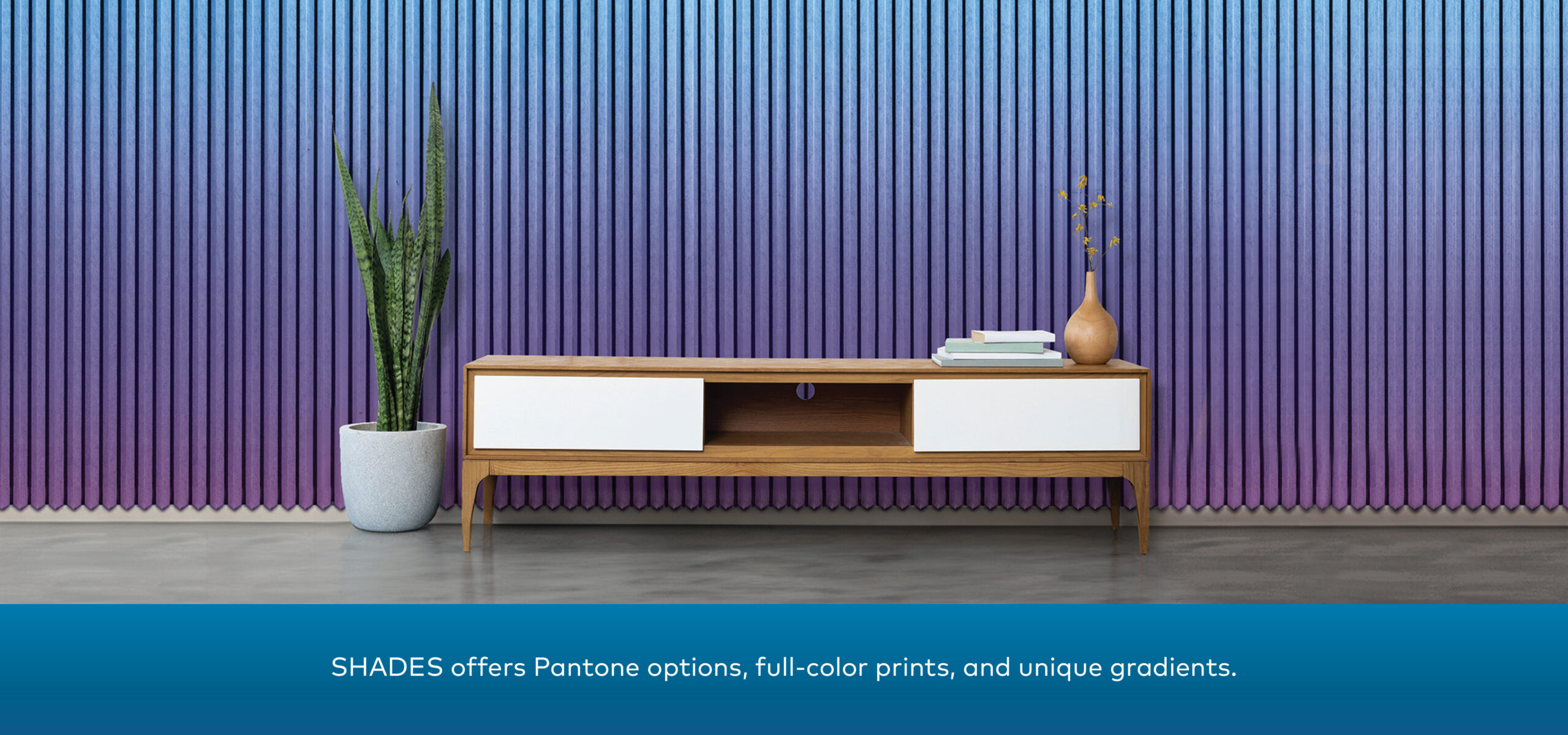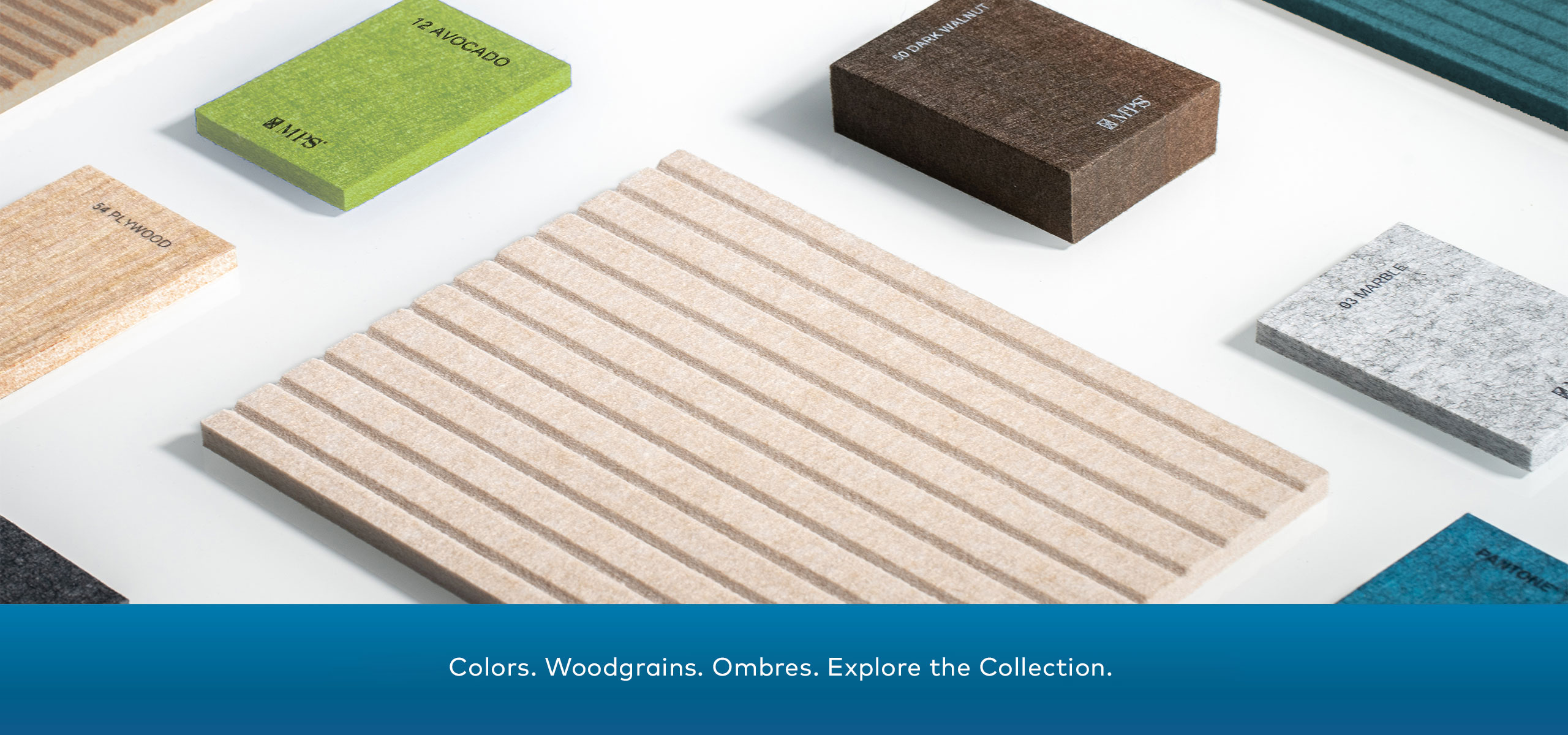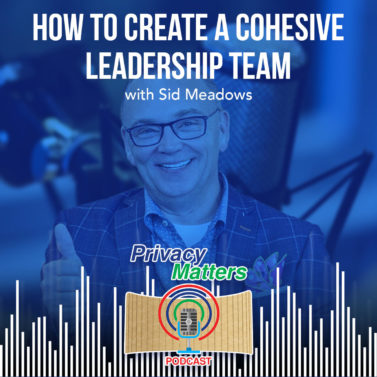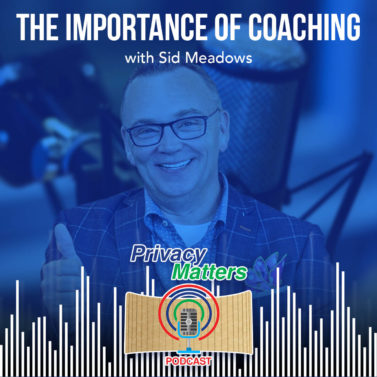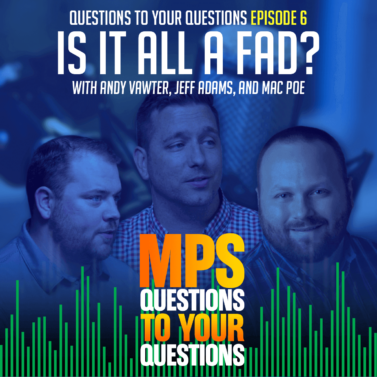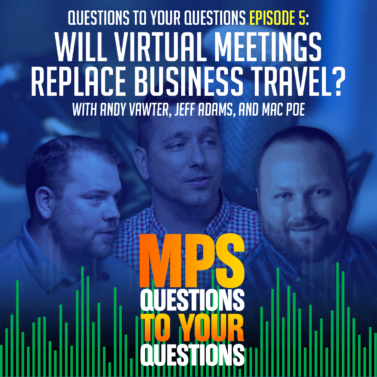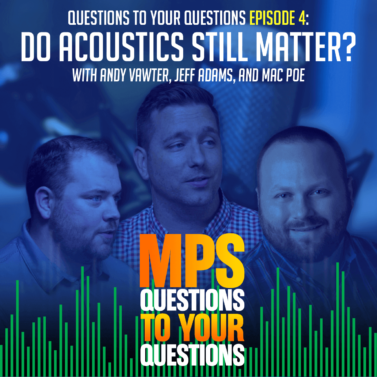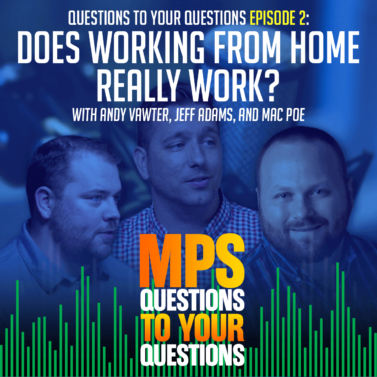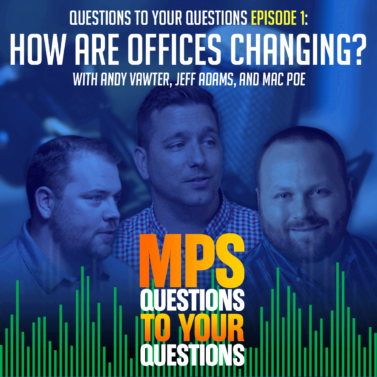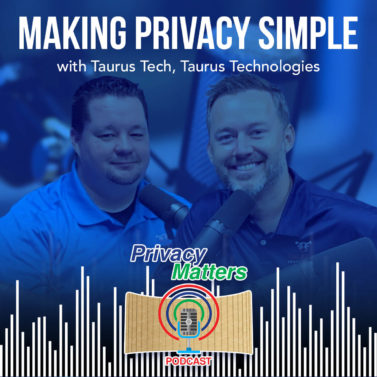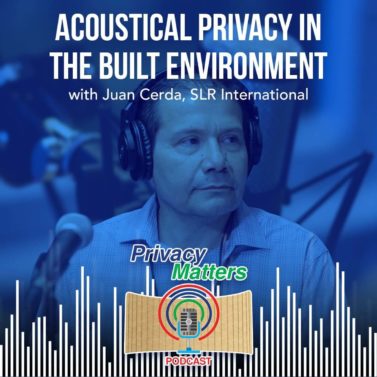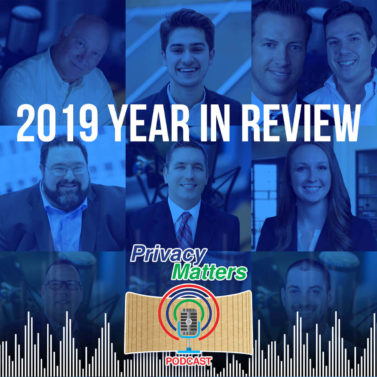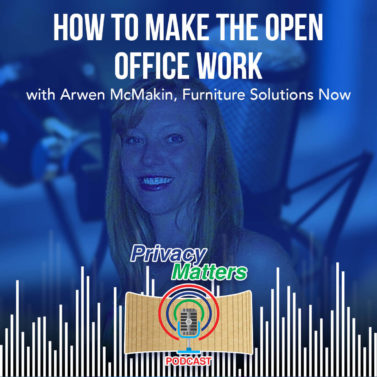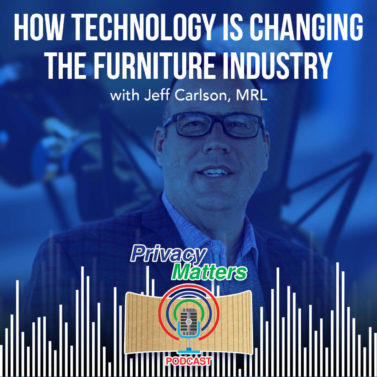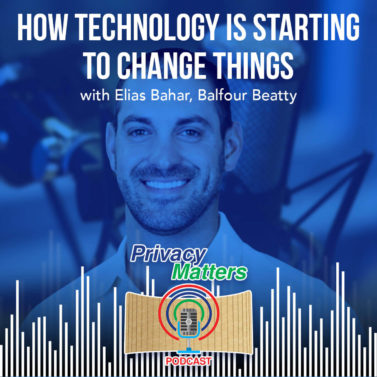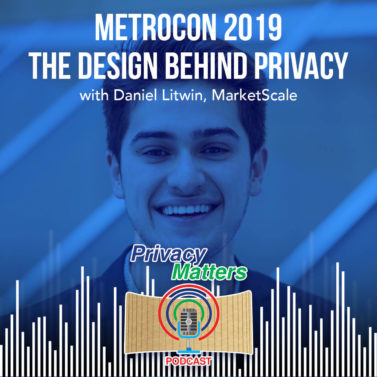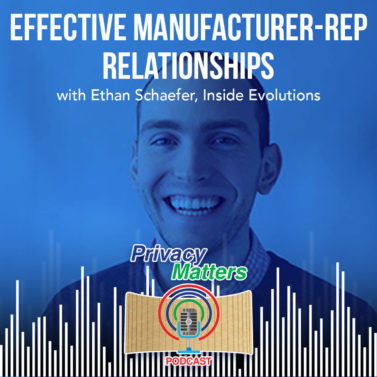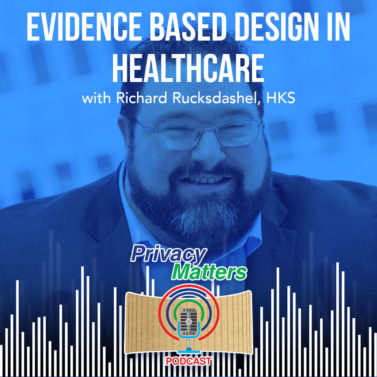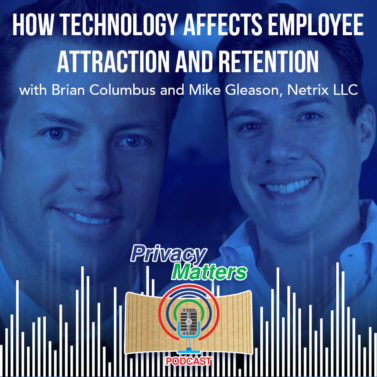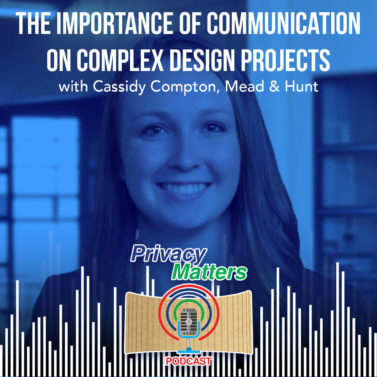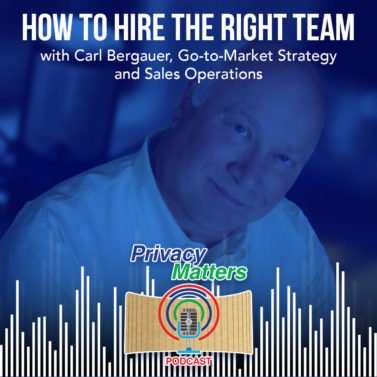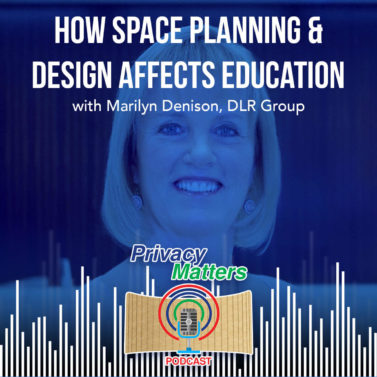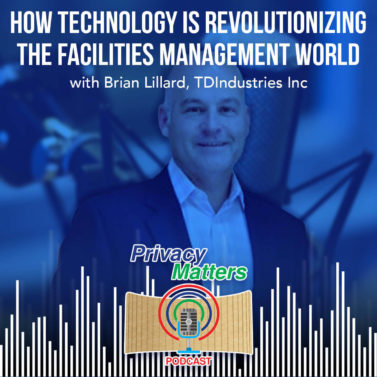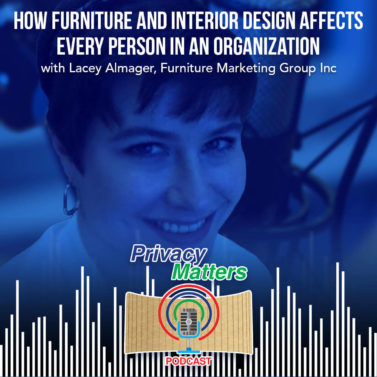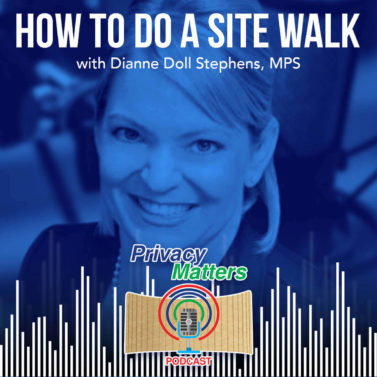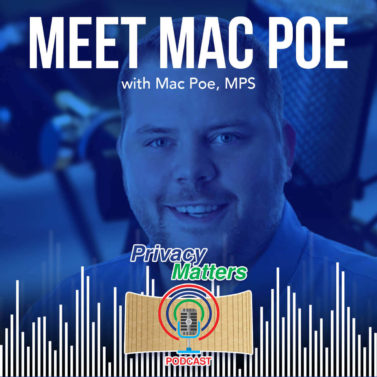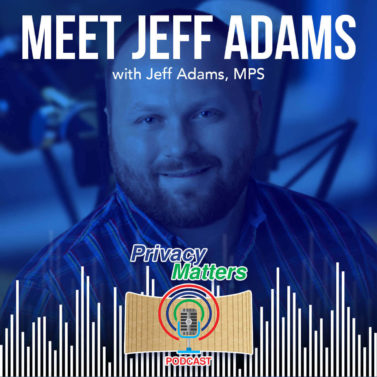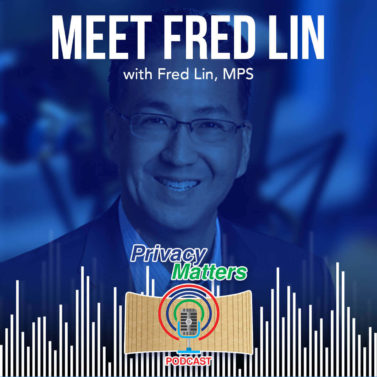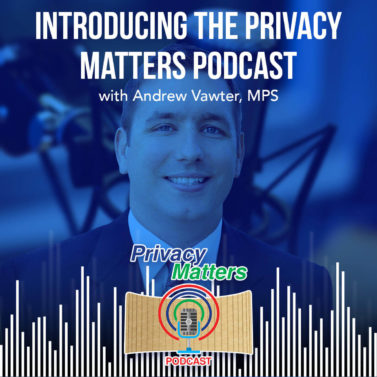Questions to Your Questions Episode 1: How Are Offices Changing?
Introducing a New Miniseries!
As we all try to figure out what the post-COVID-19 office might look like, we all seem to have more questions than answers. But six months in, some things are starting to come into better focus. While we don’t necessarily have definitive answers, we do feel like we’re able to ask better questions.
Join the MPS sales team as we walk through some of the questions and issues of office space usage and design in the post-COVID-19 back-to-work environment!
Andy Vawter [00:18]:
I thought I’d get us in the room together to chat about a few different topics. A couple of questions that we all have, and we titled this series ~ COVID-19 Questions To Your Questions. We don’t have a whole lot of answers, but I thought it might be helpful if the three of us sat in a room and chatted a little bit about what we were hearing. How do dealers help clients who have office space? They sell them A&D, furniture, or low voltage. What are they telling you guys as you’re having conversations? What are some of these customers that we do have told you and let’s just share our experiences and just see if maybe we can come up with some answers, but I’m guessing we’ll just have more questions? So, I’ve got Jeff and Mac here with me and we’re going to just chat.
Andy Vawter [01:02]:
So the first question that I wanted to ask you guys is we could talk all day, but we’re going to keep these nice and short and it’s how our office is changing. Everything changed in March and it’s still going to continue to change in the future. But as of today, how is our office changing? What do you guys think?
Jeff Adams [01:20]:
I think one of the big things has changed. It seems like everyday things are changing. I know what a lot of people are worried about. First of all, is how do we get our people back to work? When are we going to do that? And when we do, how do we give them a comfortable space to make sure that it’s something that doesn’t feel too weird or crazy? They can come in with peace of mind that it’s clean, it’s comfortable, I’ve got my spot. People can keep their distance and I just don’t have to worry too much. Hopefully, get right back into just doing my job as quickly and safely as possible.
Andy Vawter [01:58]:
All of this we can use the word weird. Who would’ve thought months ago that we’d be wearing masks to go order something at a restaurant?
Jeff Adams [02:09]:
Thinking about those early days where people are starting to wear masks and they’re installing plexiglass at the cash register like it’s just scary times.
Andy Vawter [02:18]:
What you’re saying is office space, they’re really trying to figure out how they bring people back but make it not so scary.
Jeff Adams [02:26]:
Comfortable, normal, and safe.
Mac Poe [02:29]:
Well, what I’ve found too on that same subject is there are so many layers to getting people back to the office. From the employer’s perspective, it’s not only the obvious hot button one is physical separation. How do you get your people to kind of separate and get that six feet or hopefully more distance in between each other? But then you start to think things about bathrooms, commonly touched surfaces, elevators. Some of the clients that I’ve talked to, you’re talking about four or five floors that they’re having to manage. And now the safest way to bring people back is the need to climb some stairs today. That’s changed and it’s for their own safety. A lot of employers and businesses, in general, are very overwhelmed right now.
Andy Vawter [03:13]:
If I have to take 14 flights of stairs. I’m breathing hard.
Mac Poe [03:19]:
Now, their health could improve though.
Jeff Adams [03:21]:
Signage is so important. Even the sign on the elevator limit to people and I’ve even seen things like if you don’t feel comfortable, wait for the next elevator.
Andy Vawter [03:32]:
Even just those little things make a difference. Do you think a lot of companies, especially larger ones are more worried about the legal ramifications and the liability of what if we force people back into the office? Then there’s someone who gets sick or there are issues, or we didn’t do proper signage or protocols. We’re all blasting MLB because their players are getting sick and everybody was mad at all these different professional sports for not having a plan. It’s gotta be that much worse.
Jeff Adams [04:05]:
Yeah. I think the big question is understanding that life has an inherent risk factor. But, if you’re a large company does that risk outweigh the reward? I think it’s certainly a question that a lot of large, large companies are wrestling with it and surely companies of all sizes for sure.
Mac Poe [04:28]:
Not only the legal ramification but how do you manage employee morale, right? So if there’s a large portion of the employees that don’t feel safe, whether that’s because of the protocols that aren’t in place or just the overall scenario, maybe they’re just terrified of it. If they are forced to come back and they don’t feel safe, that’s that energy that can just spread throughout the entire company that could be a risk.
Andy Vawter [04:52]:
Even for our company, we had originally put a date where everybody’s going to come back. But it did not change. You know what, if you’re comfortable at home, stay at home. We’re going to do things to help folks if they do want to come back to the office, but it’s not a requirement. I got a lot of individual feedback from different people appreciative of that because they don’t necessarily speak up on the front end when you’re making a plan. This is what we’re going to do. But the moment we made changes that made them feel more comfortable. They were quick to say, I appreciate that. That was good. So I felt like I didn’t realize there was that much more ally.
Jeff Adams [05:33]:
I think communication is very important. What’s our message to our employees is really, really important. A lot of times we think about what’s our message to our customers. Even that internal customer service factor that we stay in communication. Everybody’s aware of any steps and actions that we’re taking to help mitigate that risk. A lot of that is at great expense to the company as a whole. Those messages do help tremendously because all of us were probably very afraid to venture out in those early days and things change every day. But more and more when you see the companies are doing things, I think it makes it easier to make that transition.
Andy Vawter [06:16]:
What’s changing with what we do as far as office acoustics and maybe office design office space? I know that almost every project we’re working on right now is reconfiguring the office to be a little bit safer and to do all these things that we’re talking about. What are some of the physical things that you guys are hearing of and are being a part of as far as changes in the office space?
Mac Poe [06:40]:
From the furniture dealers’ perspective, a lot of it right now is just simply reconfiguring a lot. So if they had 6six pax, eight pax, ten pax of workstations on top of each other, depending on the specific floor plan. A lot of the times they’re starting to reconfigure those. Spread them out, maybe cut down from eight to ten pax to four pax of employees, and then even getting a little creative in some scenarios where maybe a conference room that’s usually sat 12 people they’ll turn that into almost any office, but maybe they can get four users in that conference room and spread them out with some sort of barrier normally in between them. So I think that’s been a lot of work from the furniture dealers that I work with. There are a lot of floor plans, even recent installs that they might’ve had done two months before March when it really became big. Now they’re having to go back and rethink the entire thing. It’s really just to make sure that the client can get their employees to feel comfortable. These are the lengths that we’re going to make sure everyone’s safe and secure.
Andy Vawter [07:41]:
Some people are talking about how cubicles are coming back and desk dividers. We’ve seen an uptick in those types of things.
Jeff Adams [07:49]:
I will say a lot of people that I’m working with, I hate to use this analogy, but I think it’s a good analogy. A lot of the COVID type products, especially when they’re looking at attaching something to a desk or putting something in a corridor’s almost like the Christmas tree or the Christmas decorations. For me, we put them up. I’m always a little bit excited about that, but I’m counting the days down until I can take them down, throw them in the attic. I think a lot of people are handling these projects in that way, or they’re approaching them from the standpoint of we’re going to have a piece of plexiglass in our office. How soon can we get rid of that?
Andy Vawter [08:28]:
If we were to put plexiglass between us, it’d feel like we were having a prison.
Jeff Adams [08:37]:
I don’t know if it’s appropriate or not, but I had the idea of a Zoom room for a huddle room in the future. The prison visitation set up where you’ve got the phone and the glass and hopefully, it won’t come.
Andy Vawter [08:50]:
They’re trying to spread people out, but also put more physical barriers between people and really the trend was the opposite. So anybody who’s in the furniture industry has to just laugh at this because in the last 10 years it has been a complete campaign to get away from that. We’re at this table here and that’s where people were working at wide open benches and desks.
Jeff Adams [09:24]:
I’ll say for the furniture dealers that I work with, that’s happened to them. I think one of the big concepts for them is managing the “I told you so’s”. Because when you’re proposing that ultra open office concept, I’m sure there are those that are really the naysayers and just looking for that, I told you so. So acoustics was a big part of that and now COVID just added a whole nother layer of “I told you so’s”.
Andy Vawter [09:51]:
So we don’t know what the end is going to be. We don’t know what this is all going to look like a year from now or two years from now. We know what it’s looking like right now. But again, we don’t really have an answer to that question, but I guess as we see what COVID-19 is doing to the office space in general, it’s spreading people out, which makes sense. It’s raising things up, adding height to partitions and desks and screens, and then trying to separate them out. That’s it. So for now, that’s what we’re seeing.


